After a lovely sleep-in, Boswell (trusty rental car) and I went in search of a particular medieval abbey that dates back to 1508 – Creevelea Friary.
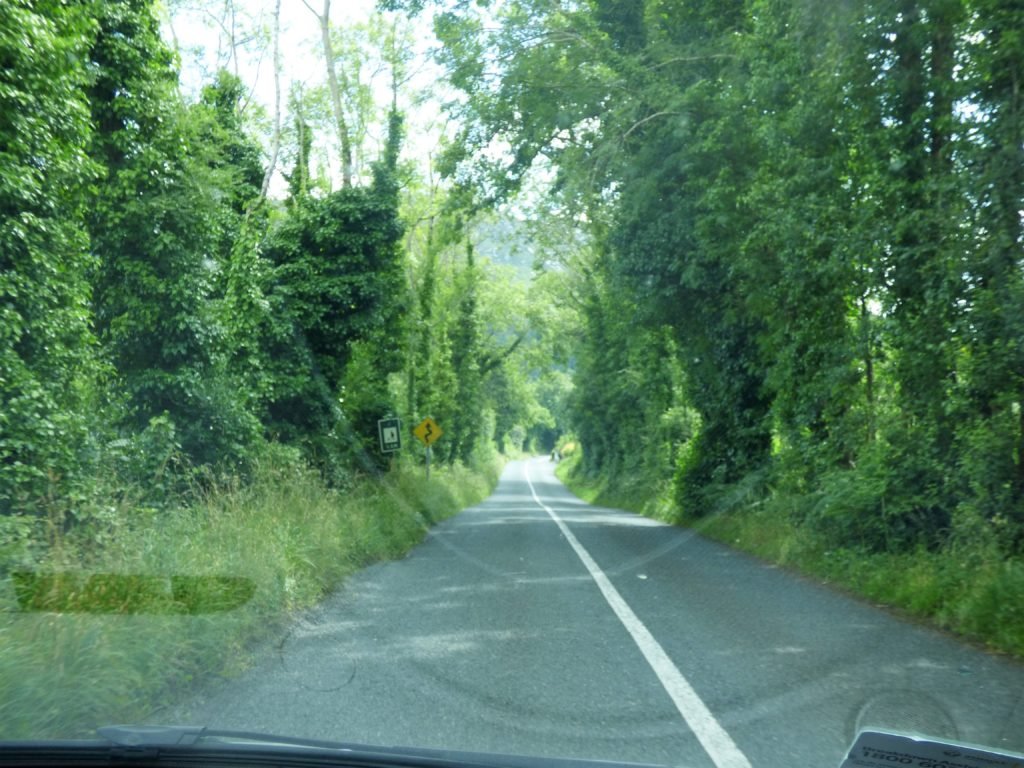
…and I thought yesterday’s excursion was skinny and windy? It had nothing on these roads – and I must admit, it was fun! …although none of these photos show just how skinny nor how windy they were in parts – as the thought of taking a photo while barrelling around a corner wasn’t exactly enticing…
…and again, we took some roads less travelled…
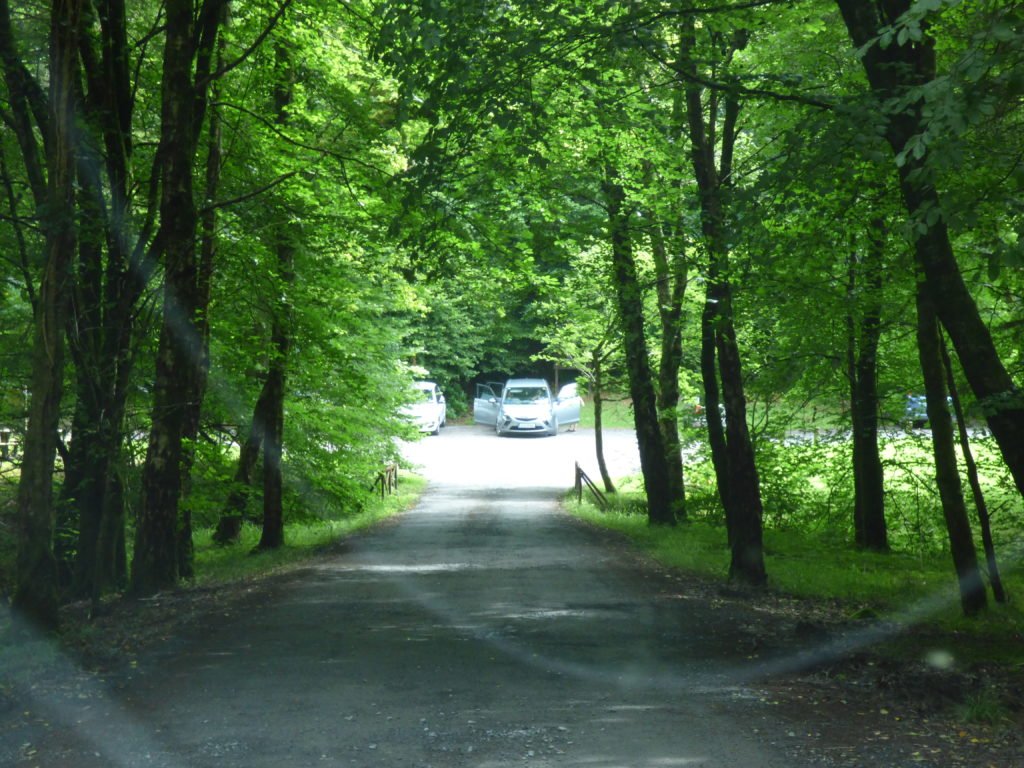
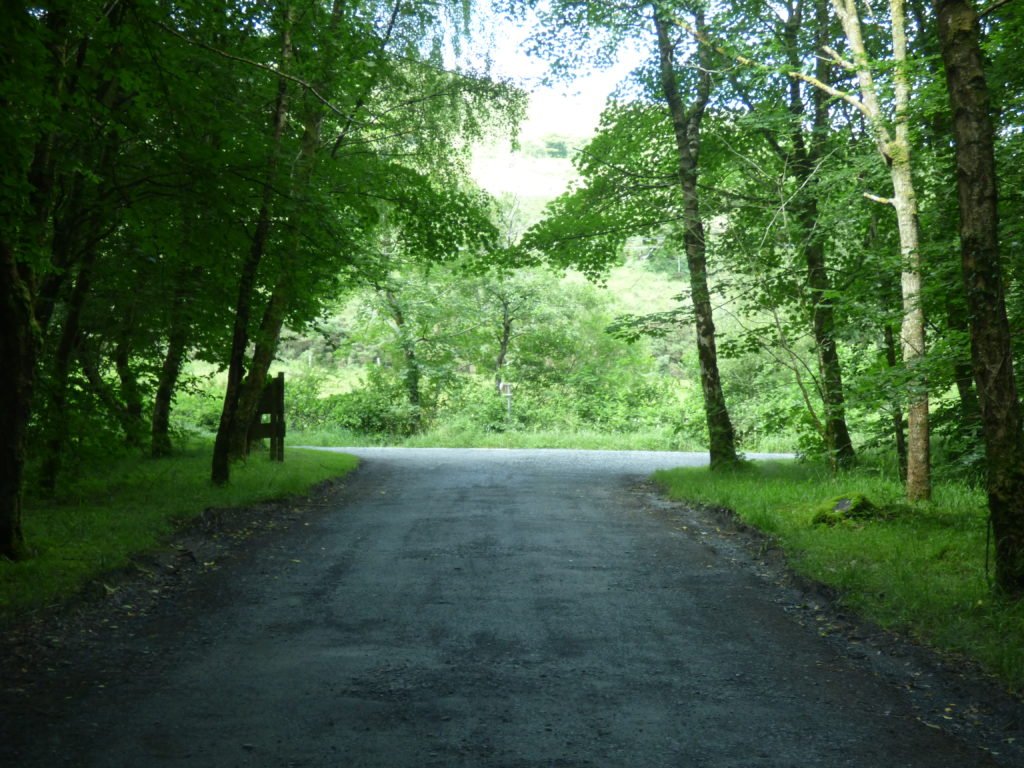
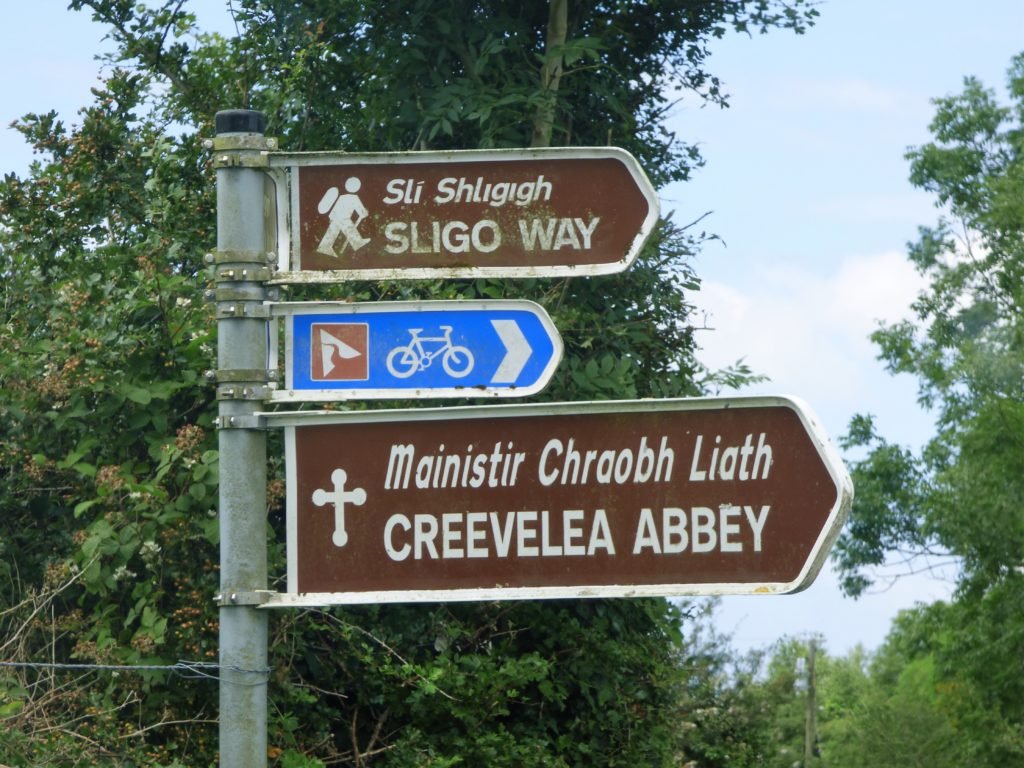
…and blonde moment – when I say the sign below, I wondered why they called it a Tabbey?
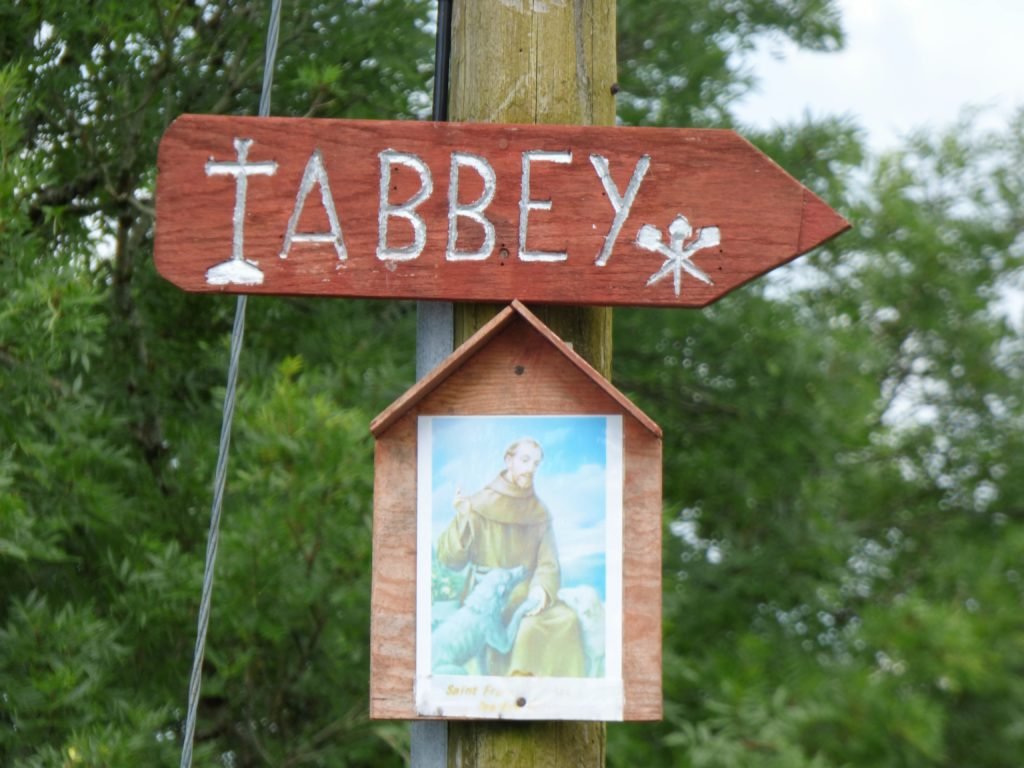
…and down a track, the Abbey comes into view…
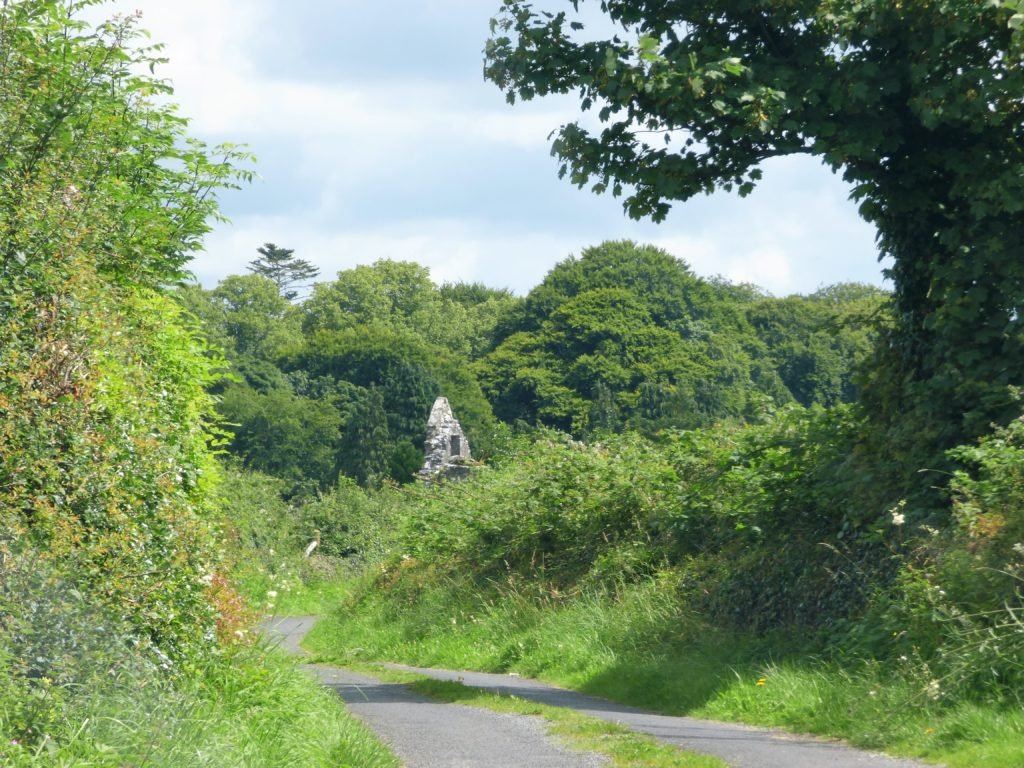
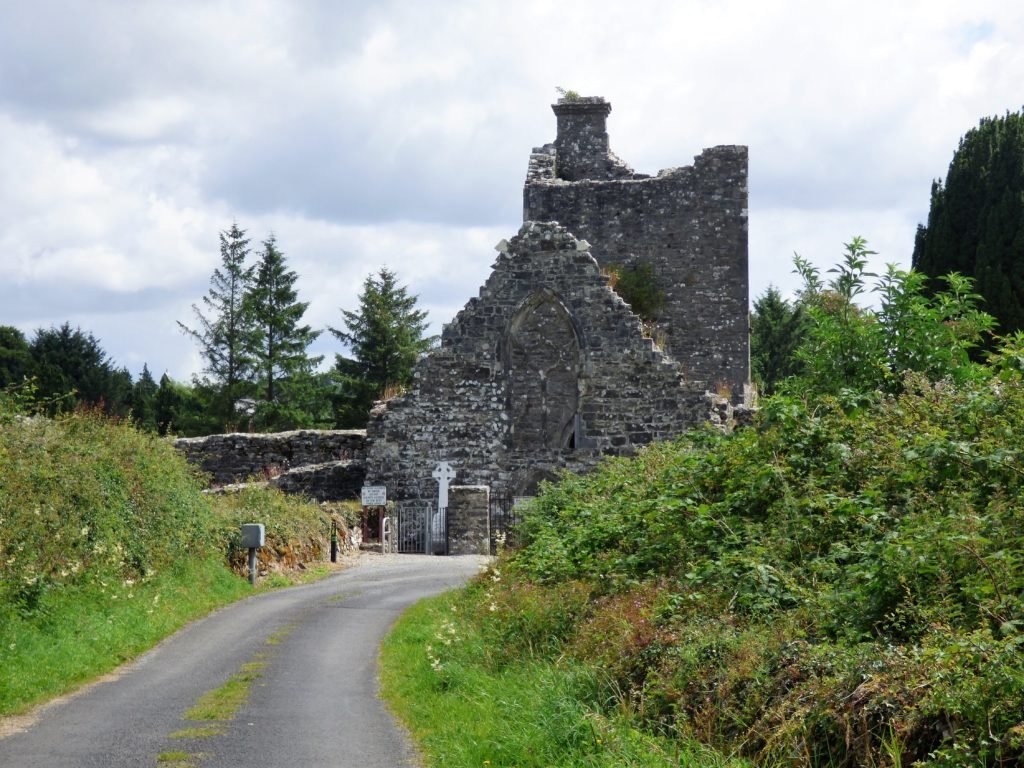
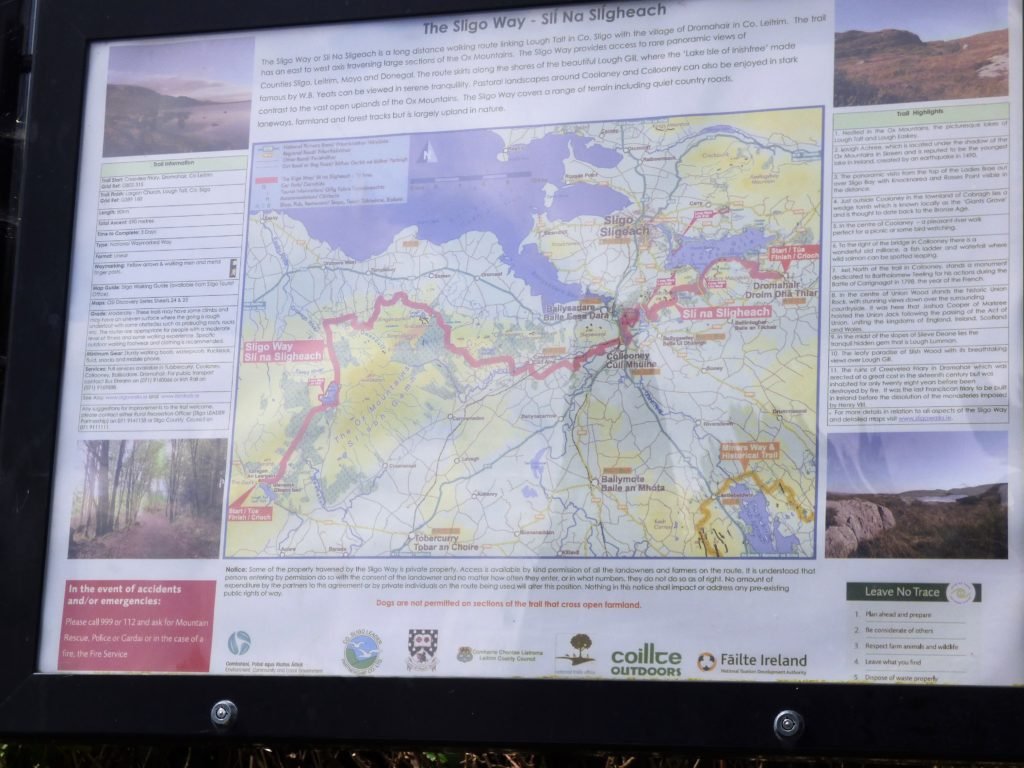

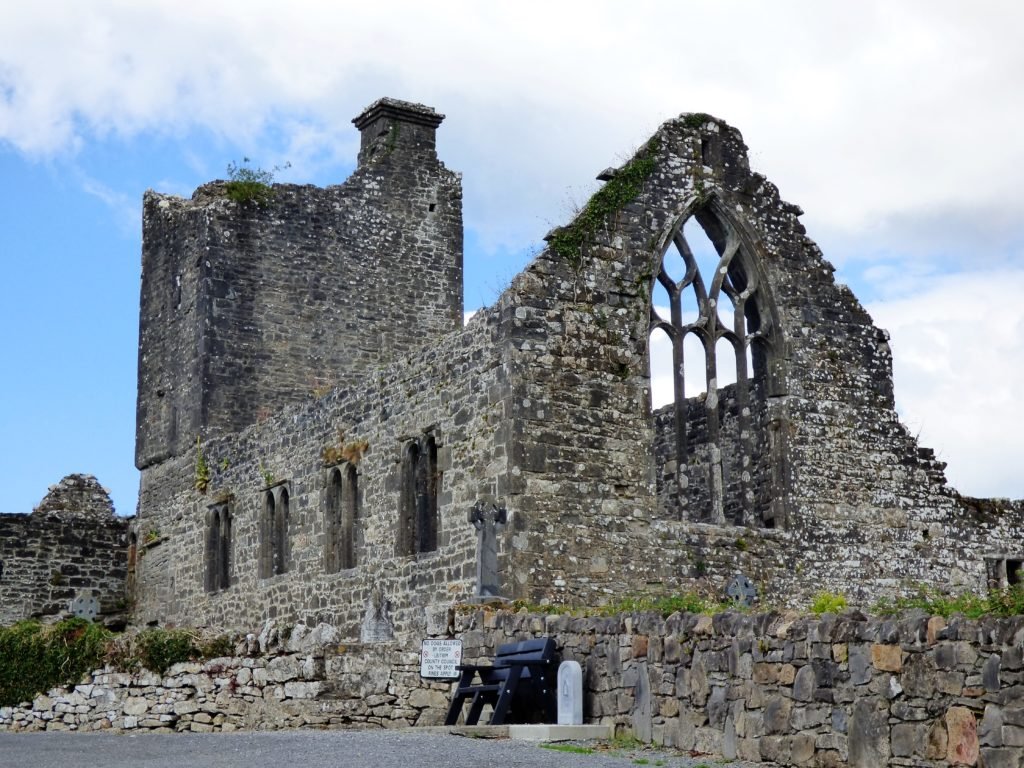

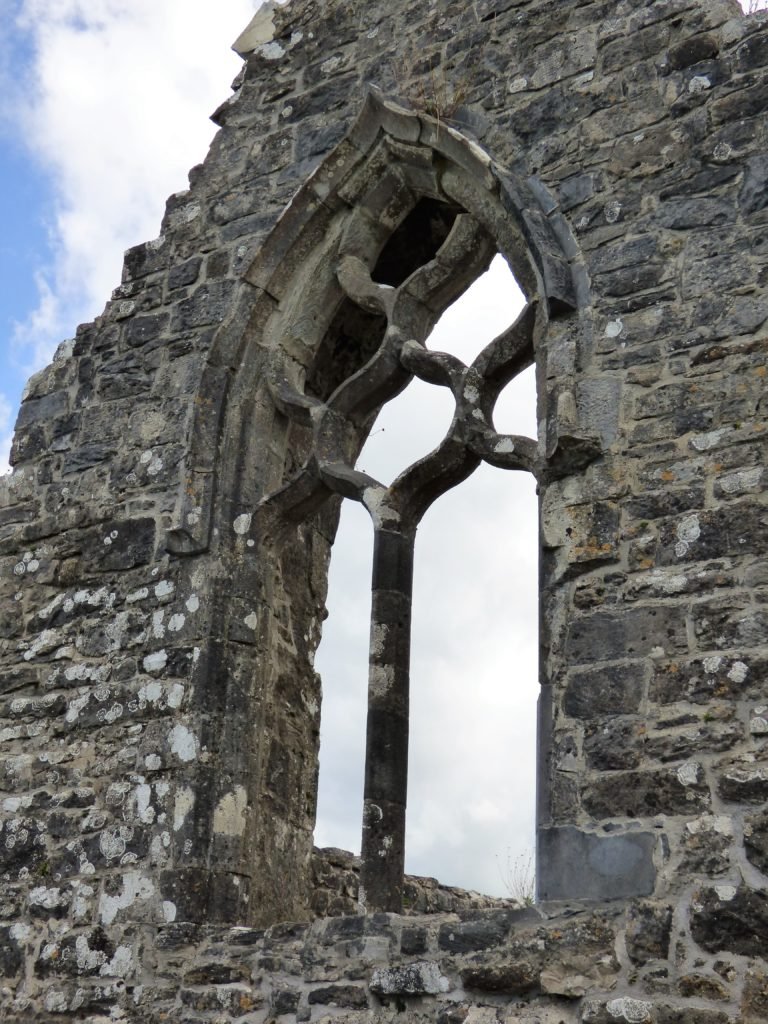

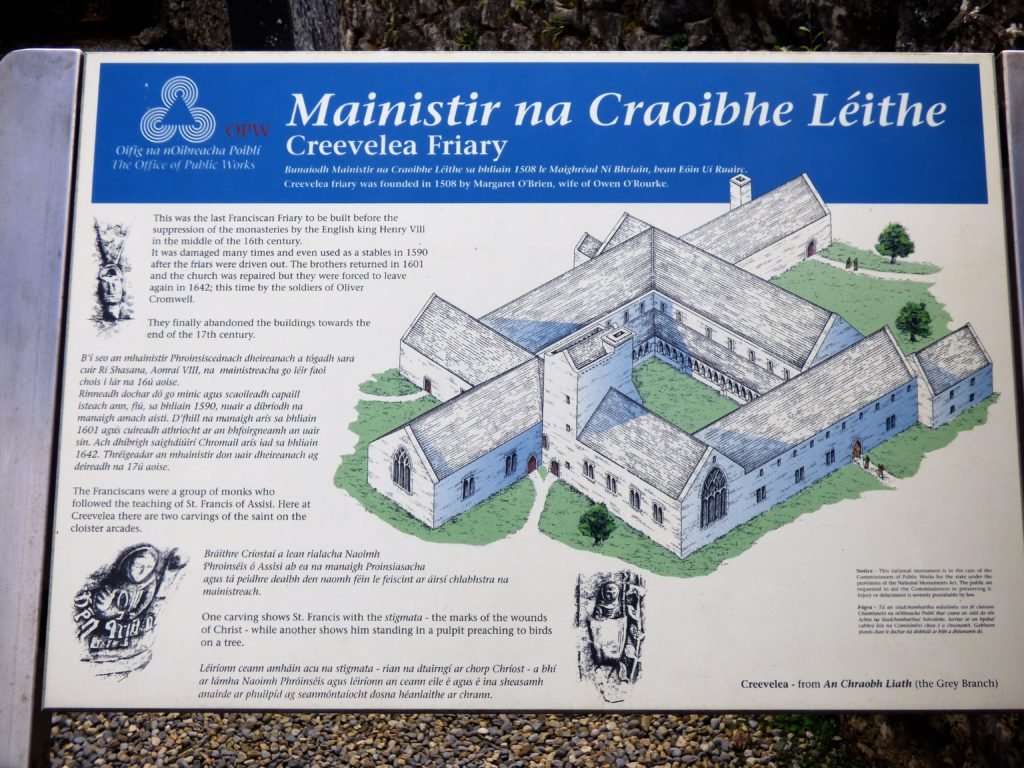
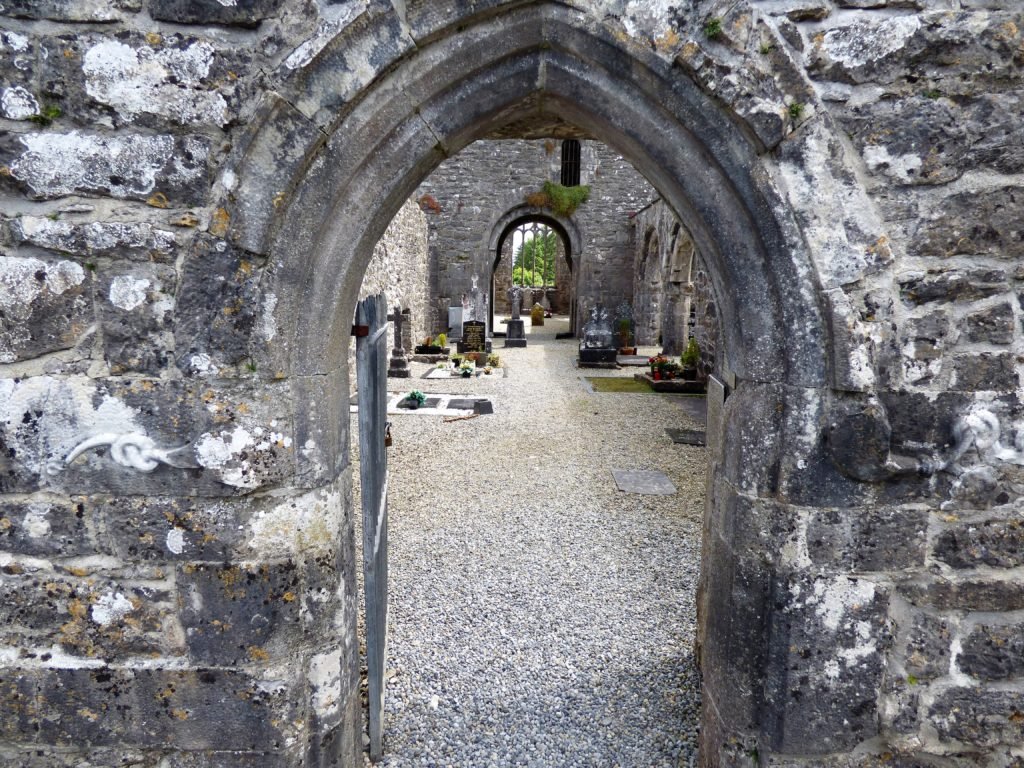
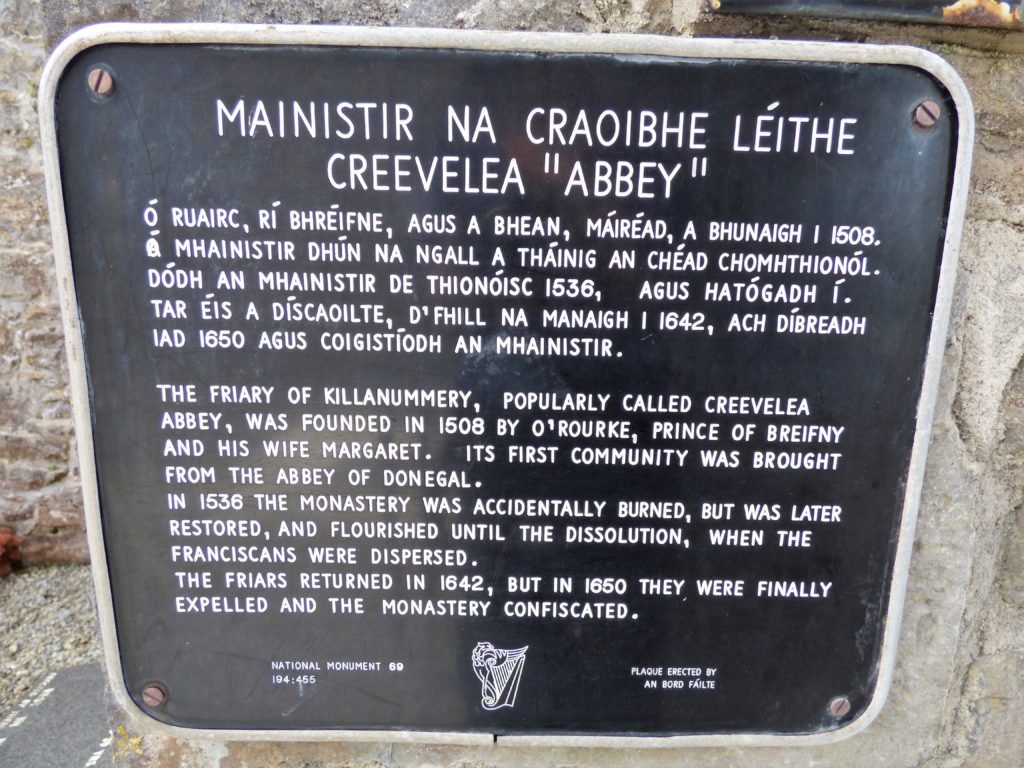

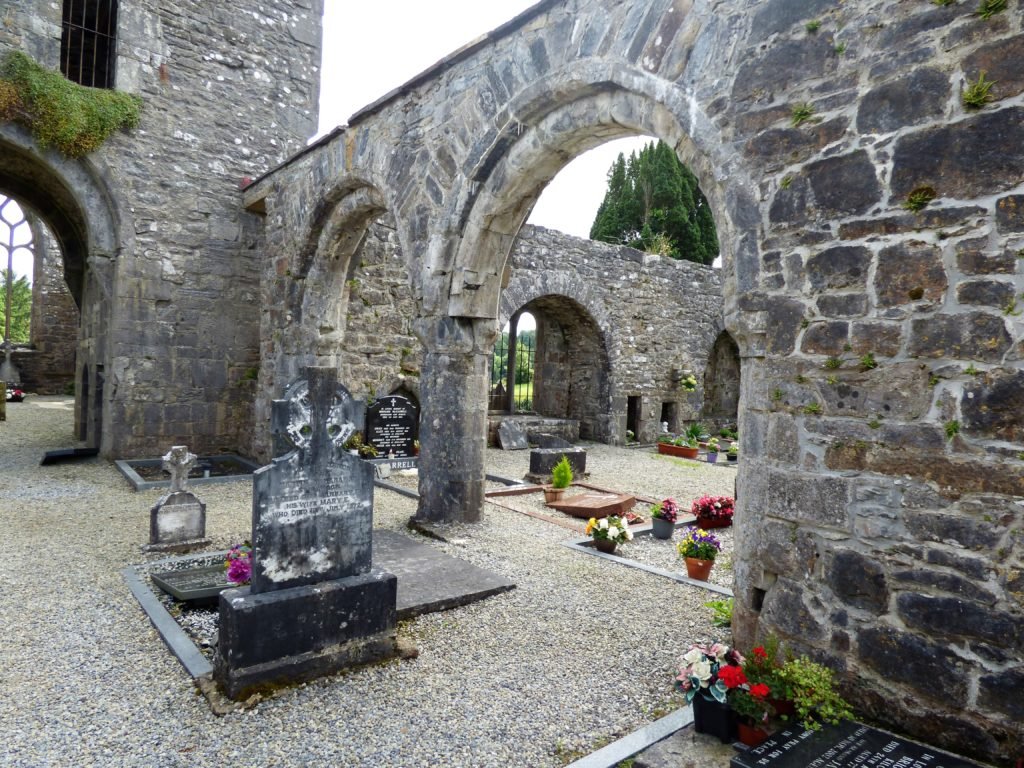
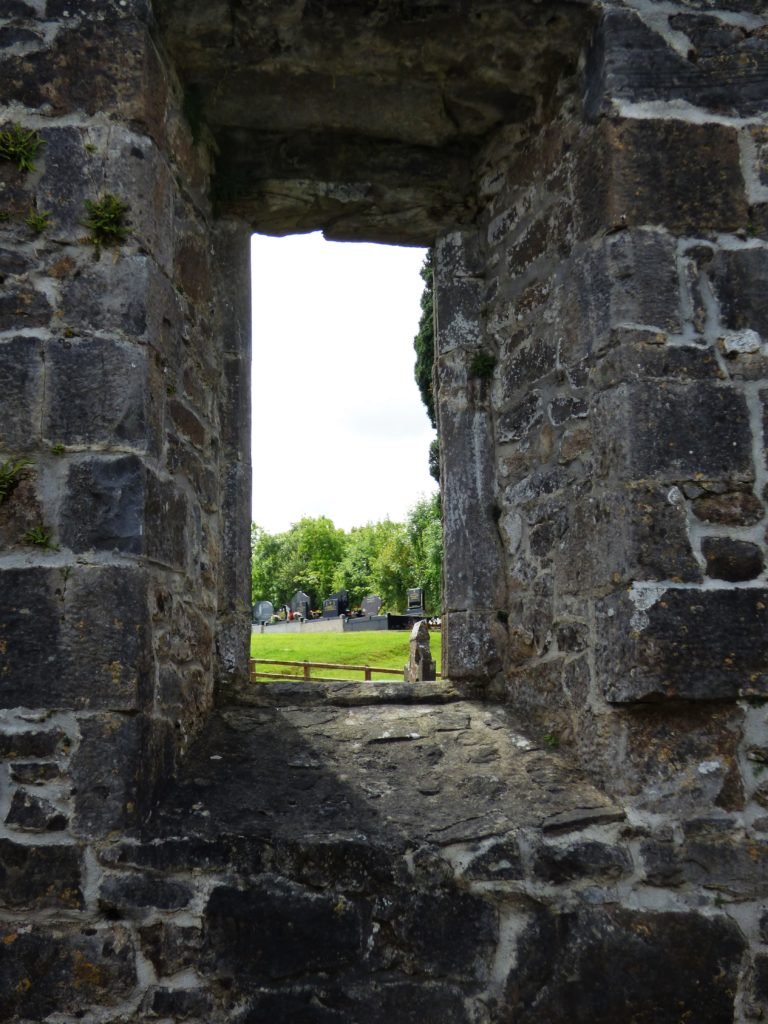
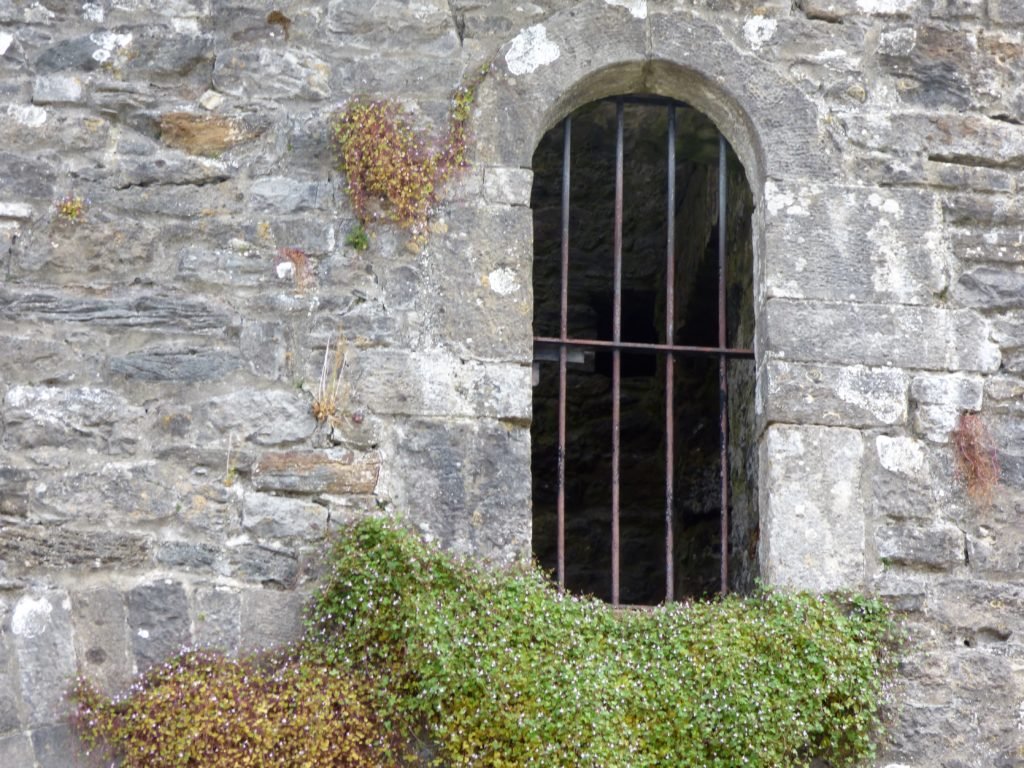

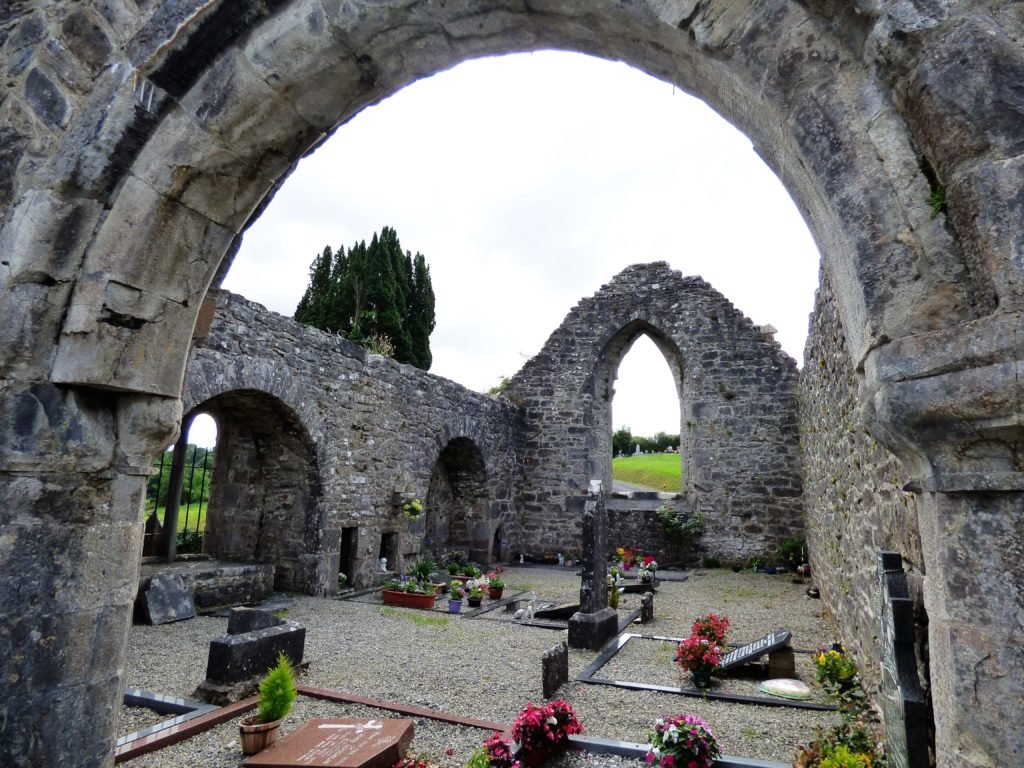
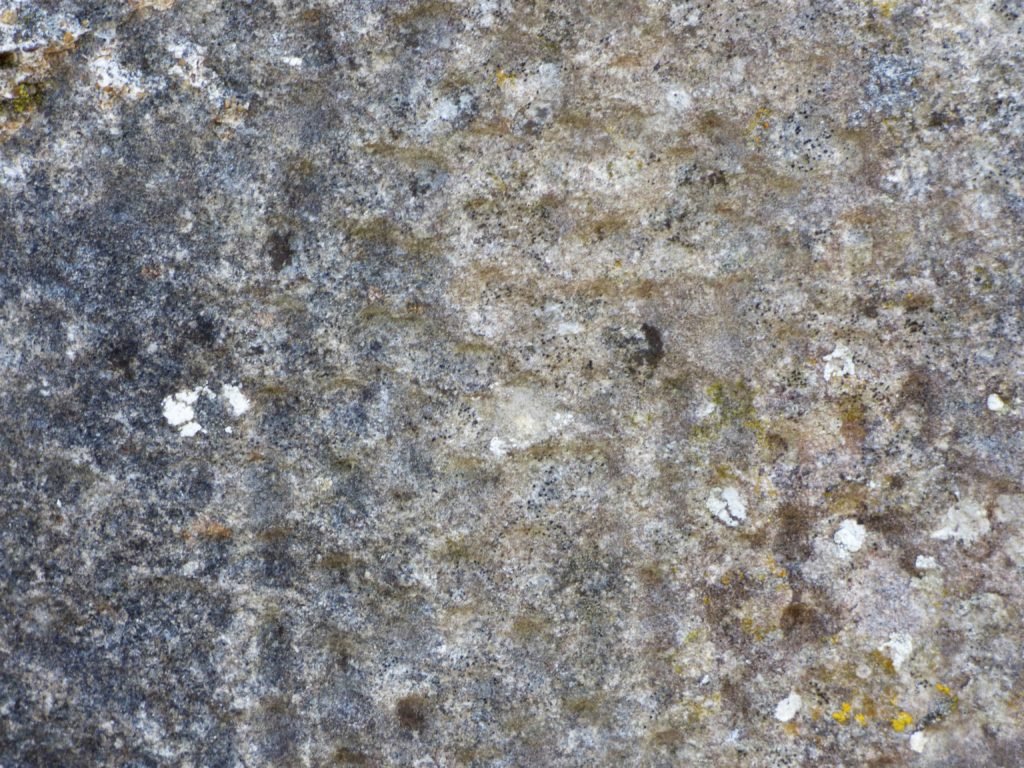
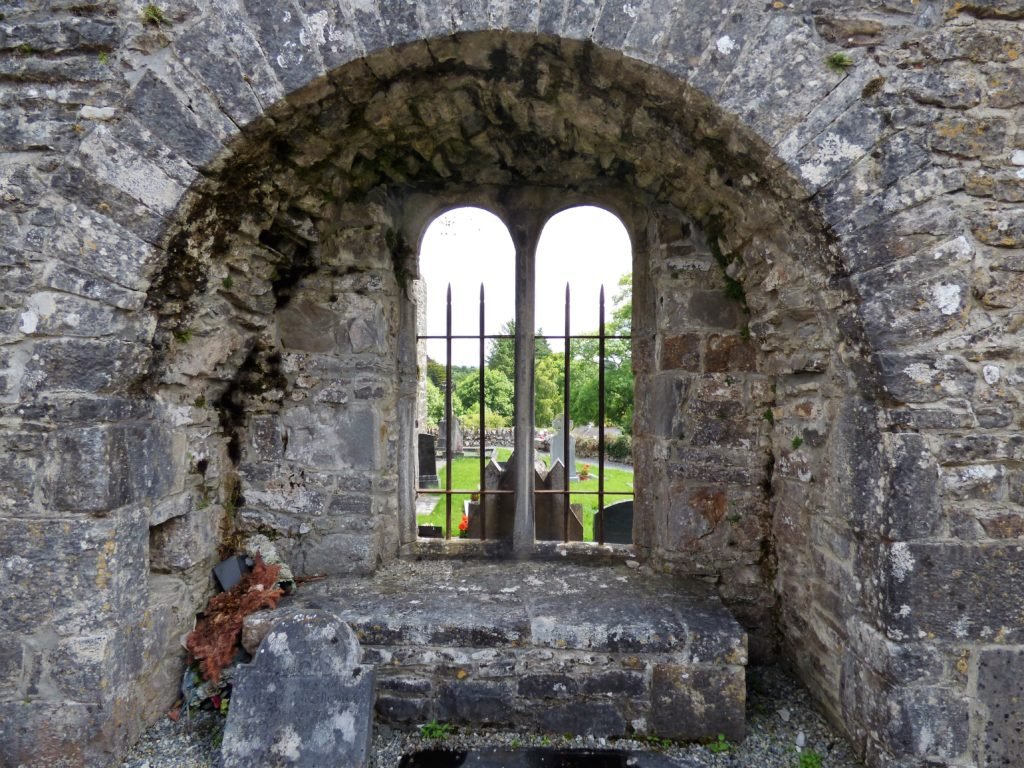
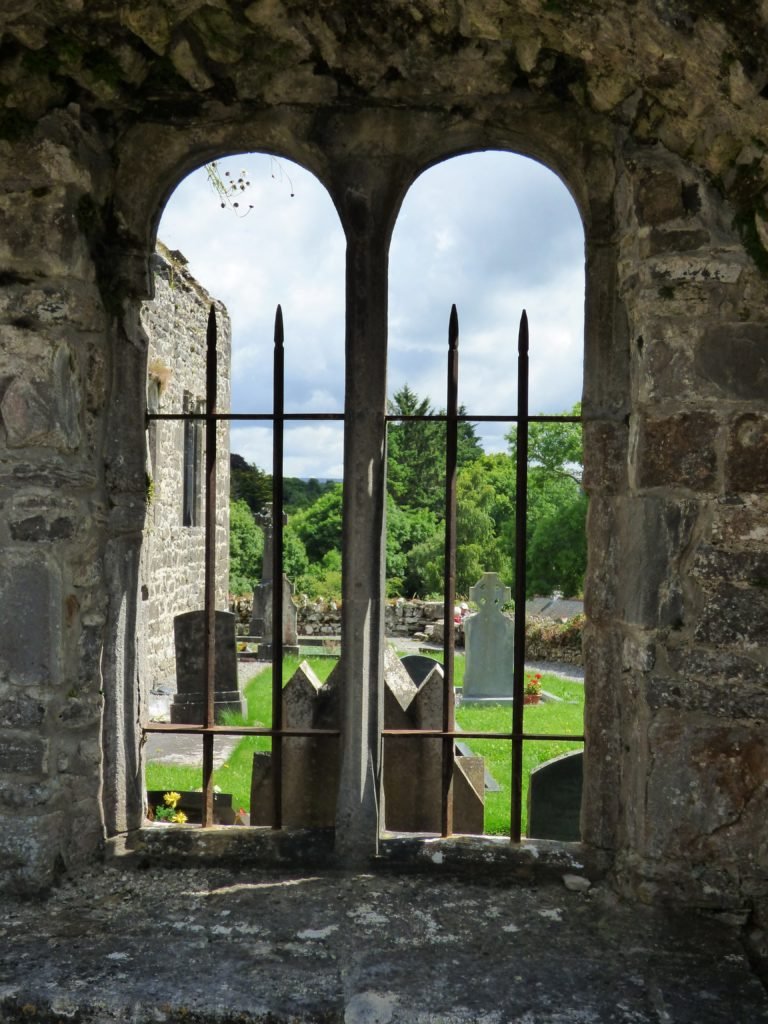
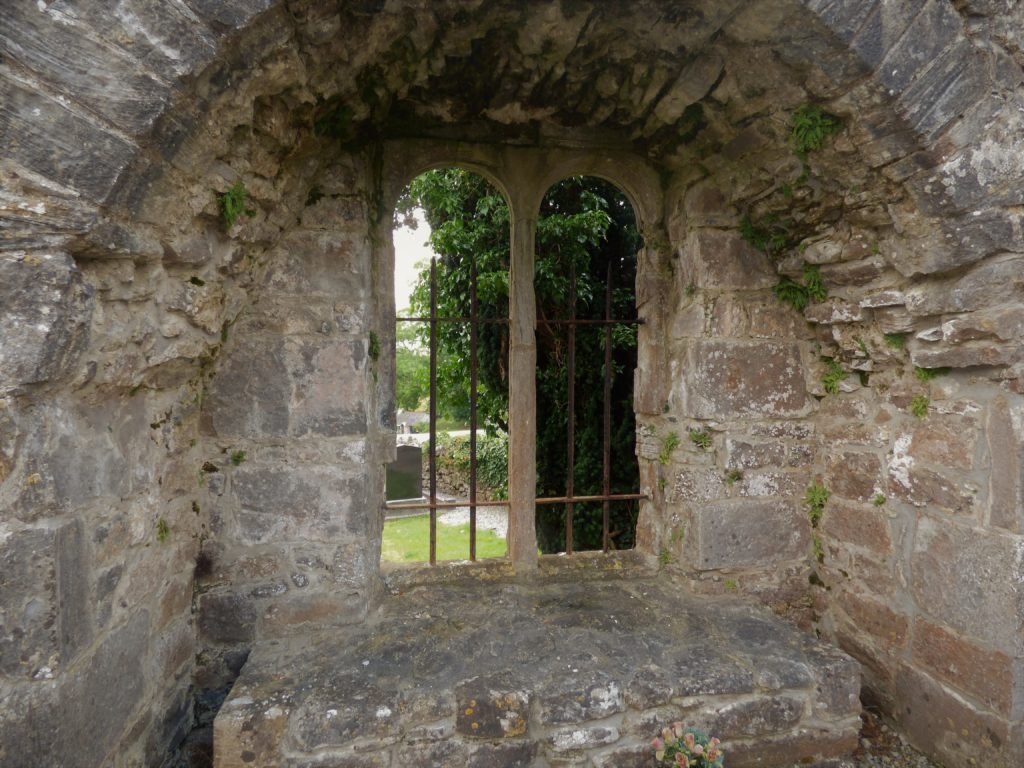

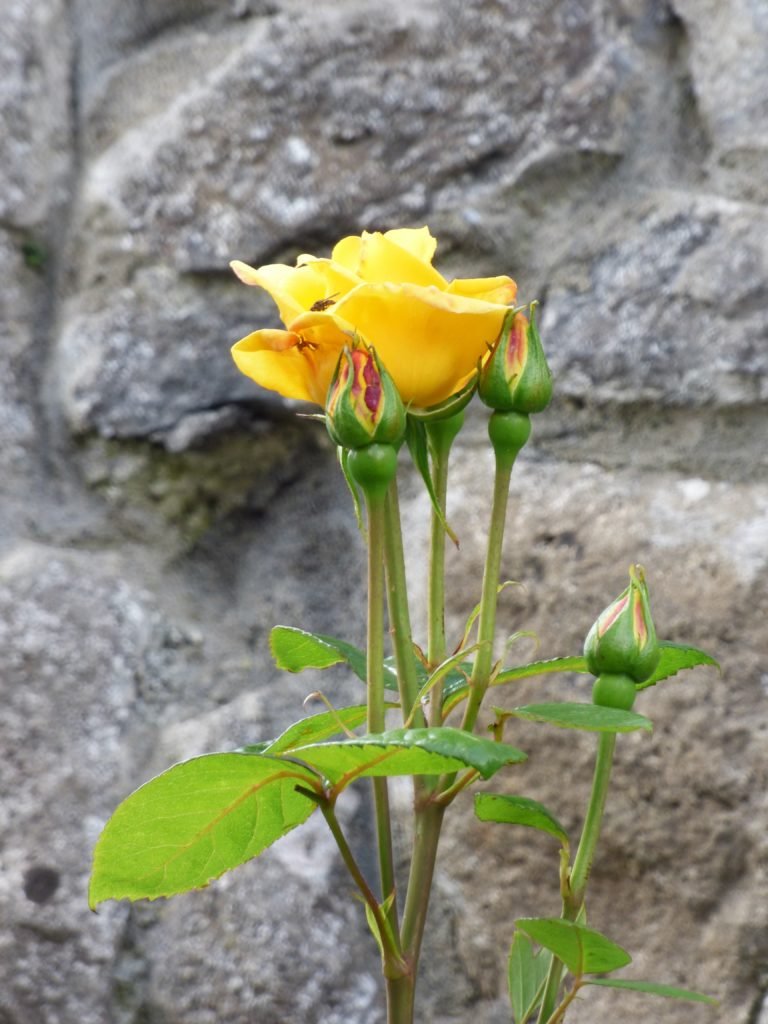
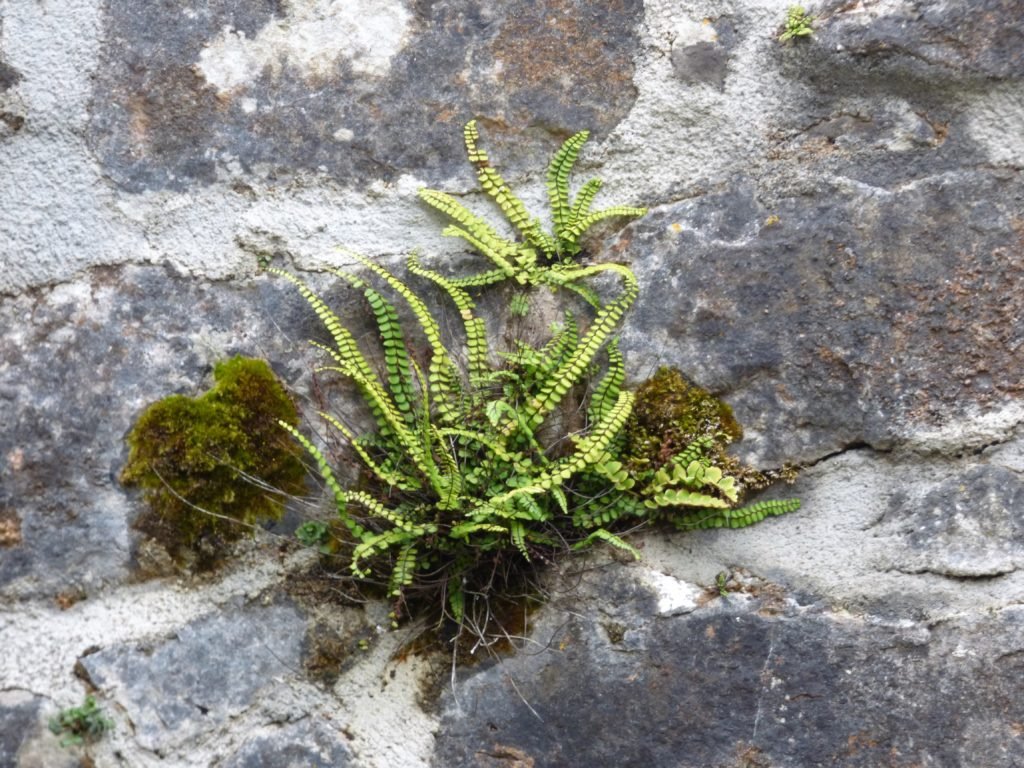
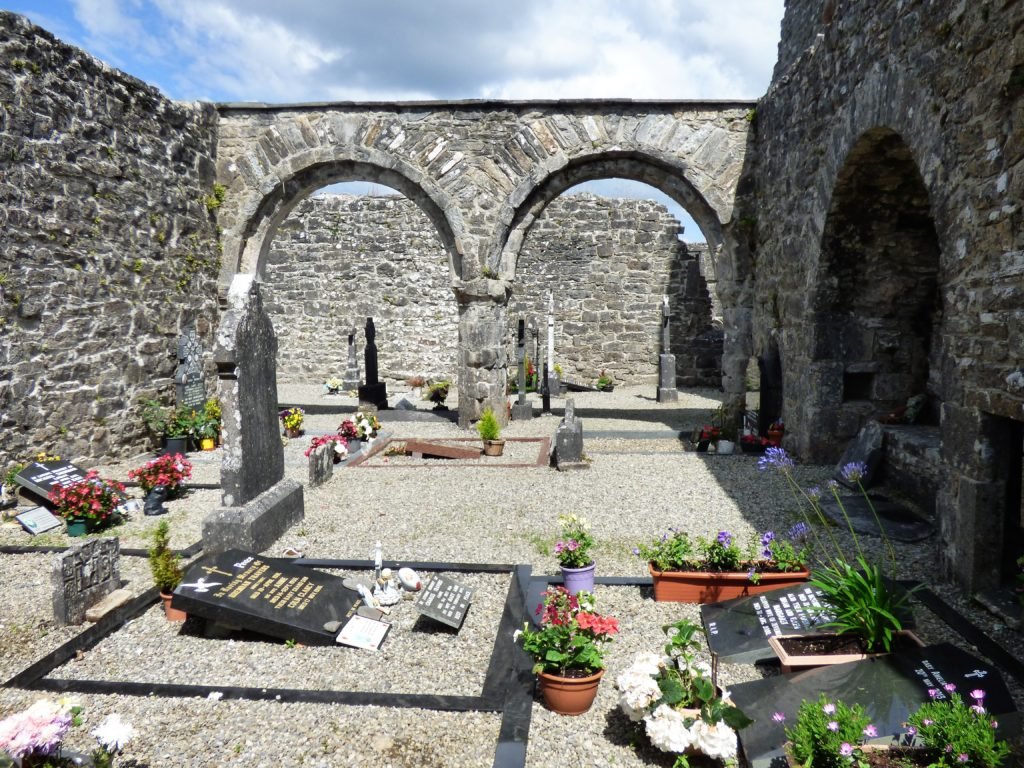
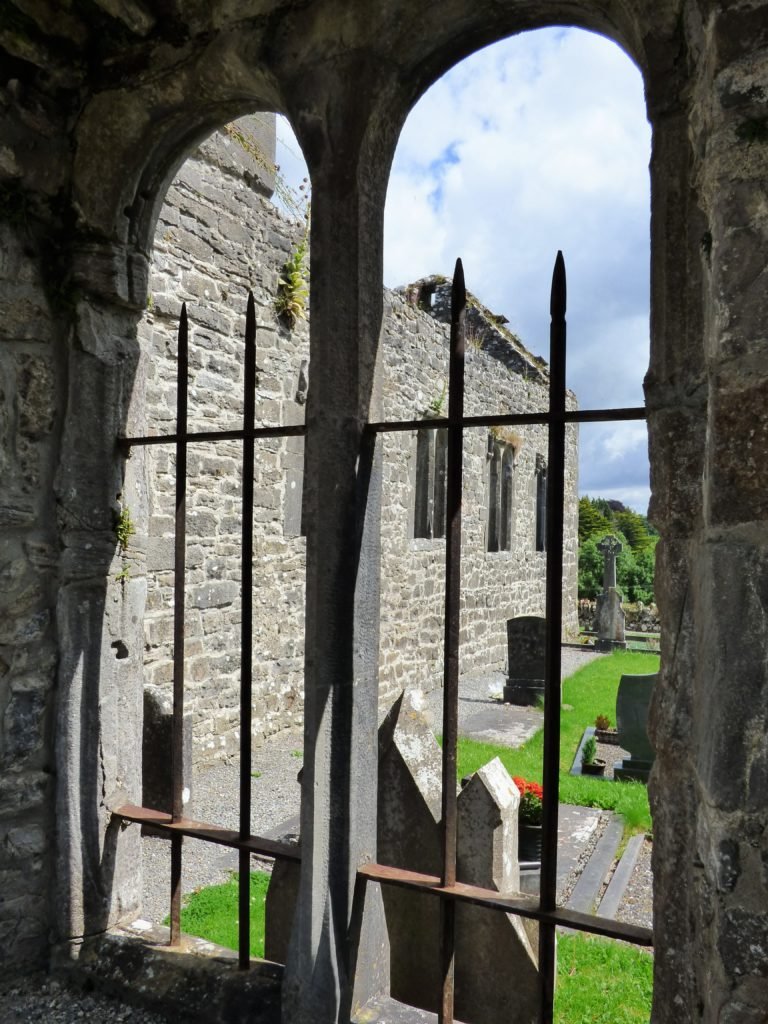
While there, I had the place pretty much to myself with the exception of a lovely couple I met – Raymond and Vera. While they live on the east coast, Raymond’s family is from the western side of Ireland and they are frequent visitors to the Friary.
Vera took me to a particular spot that has quite the history…
Father Bernard Peter Magauran was a Franciscan priest who, in 1826 became parish priest of Killanummery and Killery, and Titular Guardian of Creevelea Friary.
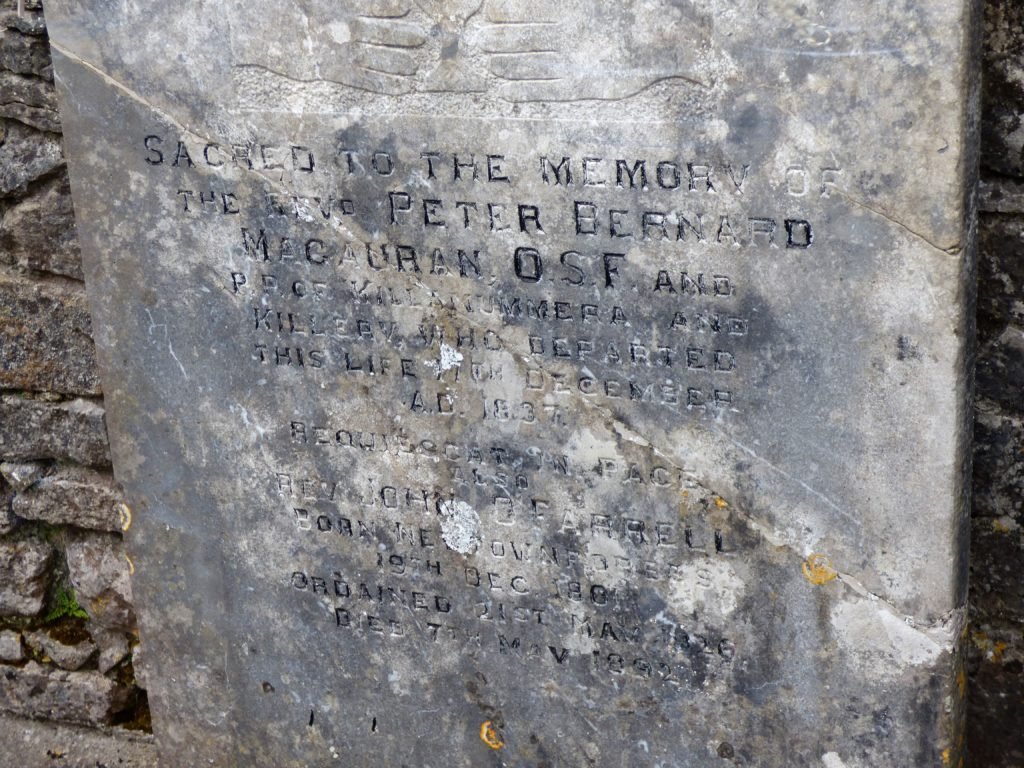
After his death on 17thDecember 1837 aged 65 years, he was buried at the Friary, but there was such a strong belief that the clay of his burial site had miraculous healing powers that people to this day come and take a small spoonful of the clay.
[PS: well after I published this post, I was sent this information and asked if I would share it to provide more information on the reverend… and you can find even more information here: https://pt.findagrave.com/memorial/196450924/peter-bernard-magauran“The last Friar of Creevelea
Bernard Peter Magauran was born in Ballintogher, Co Sligo in around 1772 in the Killery section of Killanummery and Killery parish. To circumvent the penal laws then in force, he travelled to St. Anthony’s College in Louvain, Belgium for his education, was ordained a Franciscan priest there, and also taught there for some time.
On returning to Ireland he served initially in Merchants’ Quay Franciscan church which was commonly know as Adam and Eve’s. In penal times the Franciscan chapel was hidden away in nearby Cook Street, behind a tavern with the sign “Adam and Eve” hung over it. To reach the chapel Catholics had to mingle with the sailors who frequented the tavern and walk through it to the rear. The chapel was demolished several times and the friars arrested, but they kept returning to rebuild the chapel and minister to their flock.
Whilst there a gilt lined silver chalice was commissioned with an inscription around the base that read: “Reverendus B Petrus Magaurane Adam & Eve Conventus Anno Domine 1820”. It remained with him for the remainder of his days, and then as was personal property, was passed on between friends and family, finally arriving some one hundred years later to the care of Canon Hugh Lynch, PP of Killanummery and Killery. In 1932 Canon Lynch presented the chalice to Cloonclare parish in Manorhamilton where it remains to this day as the alter centrepiece at St Clare’s church.
Father Magauran in 1826 returned home as parish priest of Killanummery and Killery, and Titular Guardian of Creevelea Friary. He was a very devout man, generous to the poor and caring of the sick and dying and was known by all as the last Friar of Creevelea. He was often seen praying before a carving of “St. Francis preaching to the birds” on one of the pillars in the cloister of the Friary. He died at his residence in Rathmoney, Ballintogher on 17th December 1837 aged 65 years, and was interred in the cloisters of Creevelea Friary.
After his death, his grave became a site of veneration for people of the parish and many beyond who heard of his good works, and to this day, people still leave offerings and the soil from his grave is believed by some to have curative properties.”]
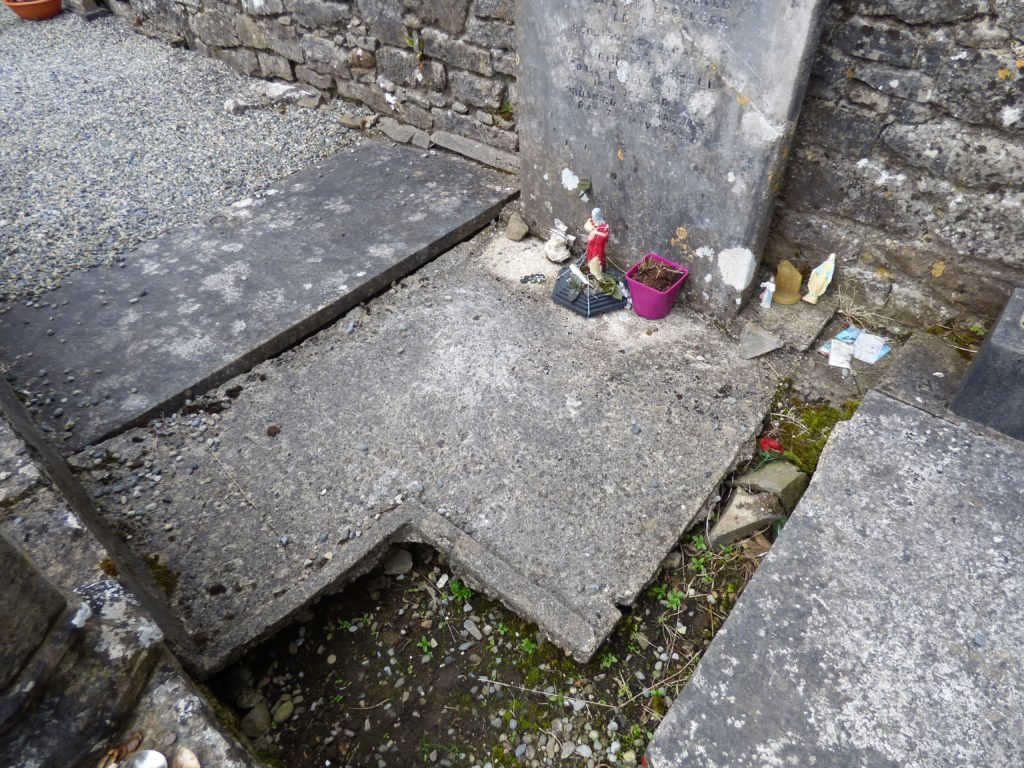
Indeed, a section has been cut away and edged to assist those who come to pay their respects and to obtain a spoonful of the curative clay.
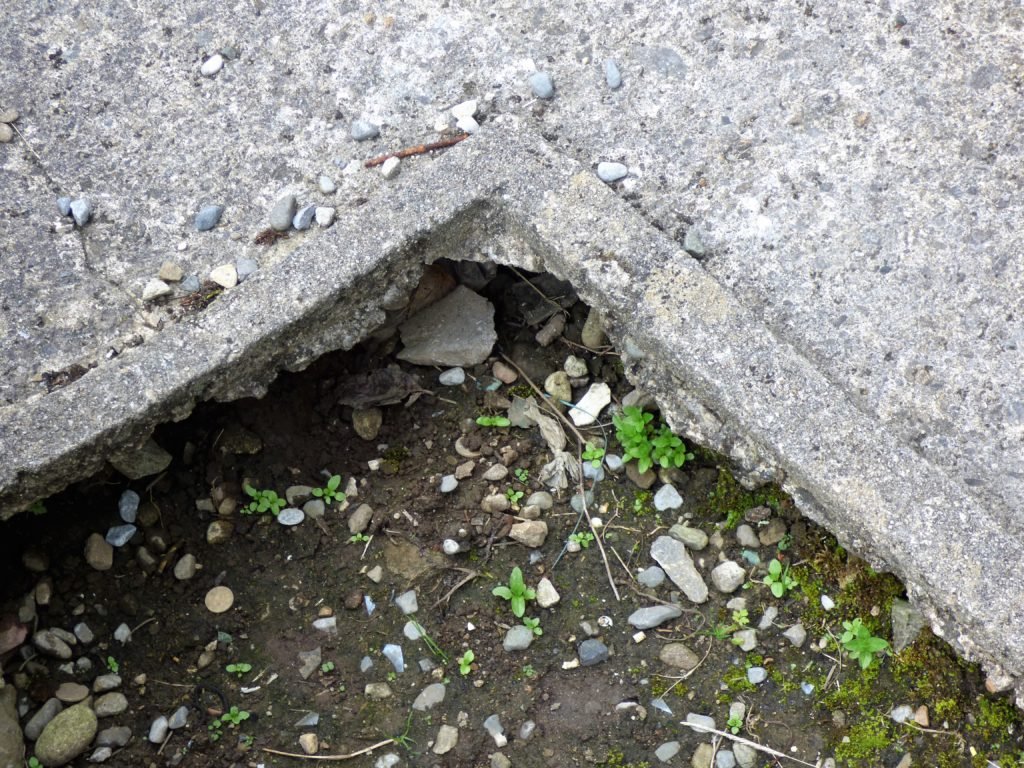
Vera was so lovely that she found a silk flower and put a spoonful of clay in it for me… I was very touched at the gesture.
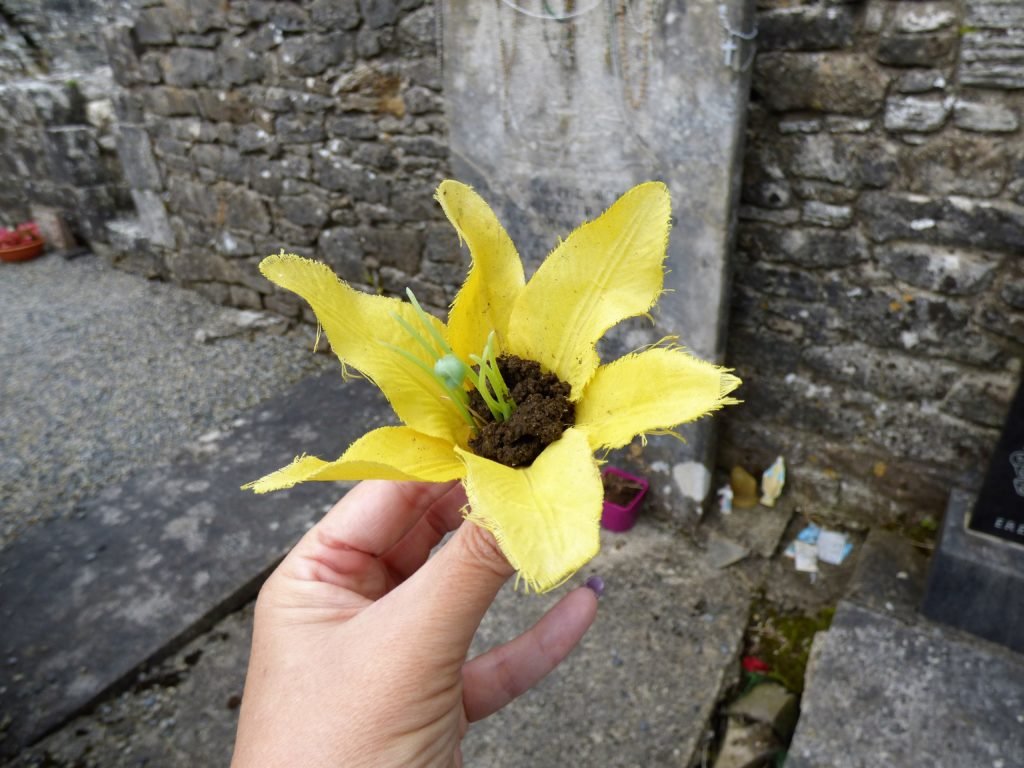
Actually, Raymond and Vera are off to America in November for the beatification ceremony of Father Solanus Casey, to whom they are related. (Btw, here is a terrific link that gives you more information on Father Casey: http://www.themichigancatholic.org/2017/05/pope-francis-announces-fr-solanus-to-be-declared-blessed/)
Not knowing a great deal about the practices of the Catholic religion, it was wonderful to spend time listening to Vera and learning more about a subject that is quite foreign to me.
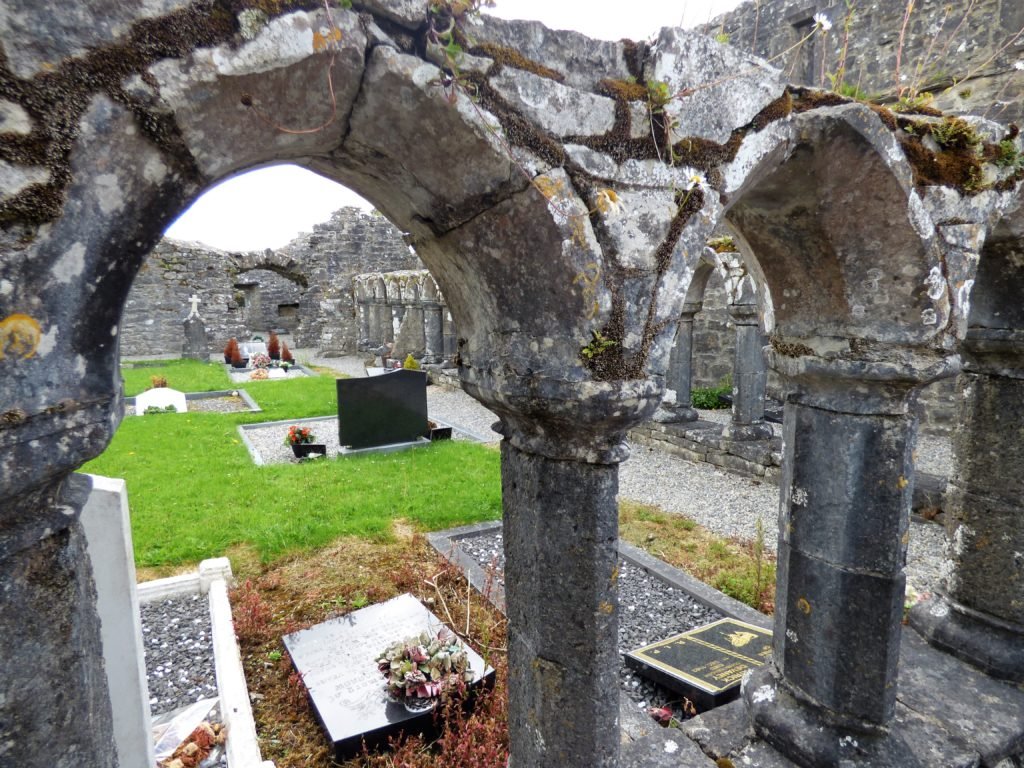
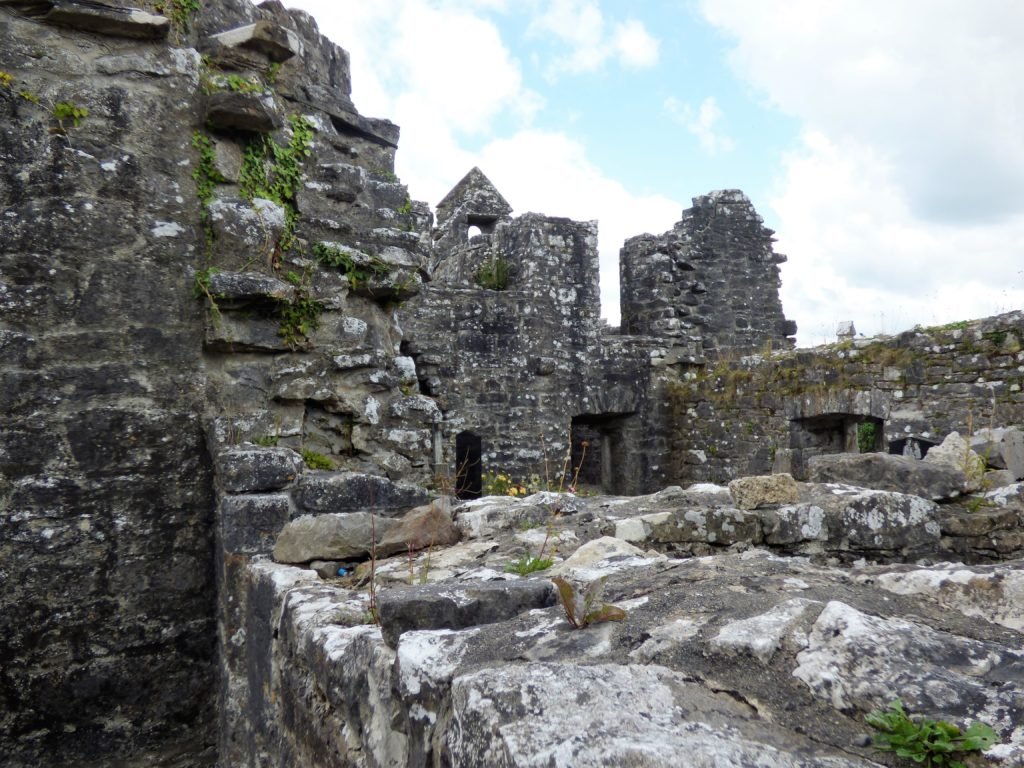
When Vera and I were looking up at the tree that is growing so precariously yet so strongly on the side of the wall (in the photo below), she was reminded of a poem of which she could only remember the last line – but I promised to go hunting for it:
“Trees”, by Joyce Kilmer
I think that I shall never seeA poem lovely as a tree.A tree whose hungry mouth is prestAgainst the earth’s sweet flowing breast;A tree that looks at God all day,And lifts her leafy arms to pray;A tree that may in Summer wearA nest of robins in her hair;Upon whose bosom snow has lain;Who intimately lives with rain.Poems are made by fools like me,But only God can make a tree.
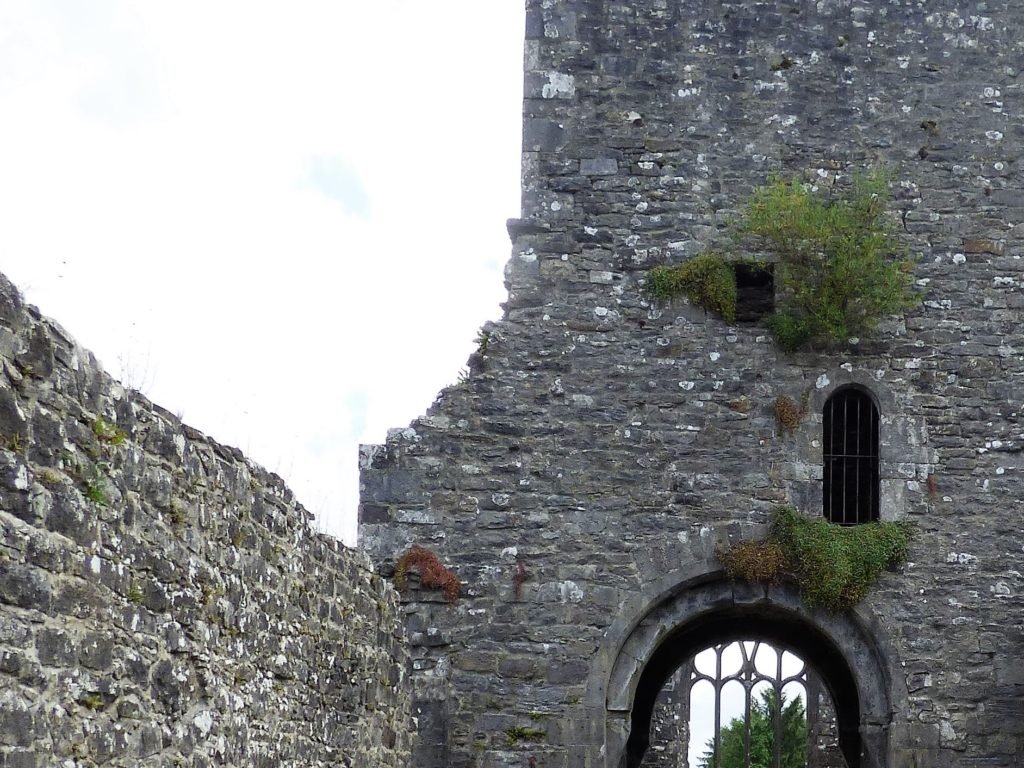
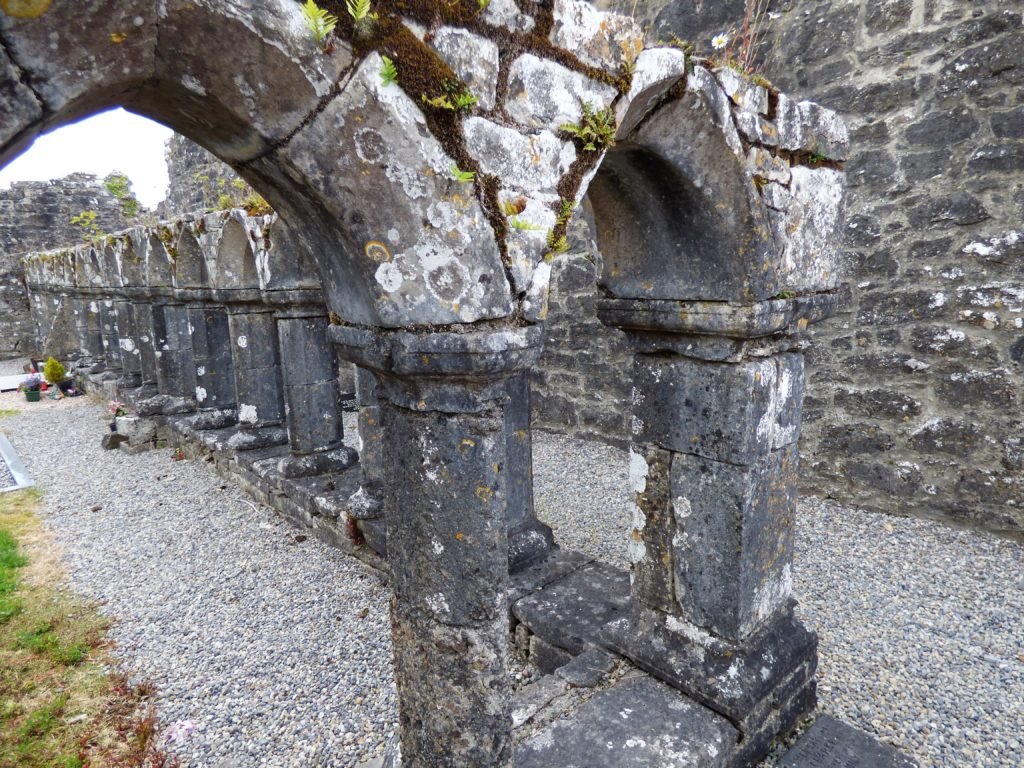
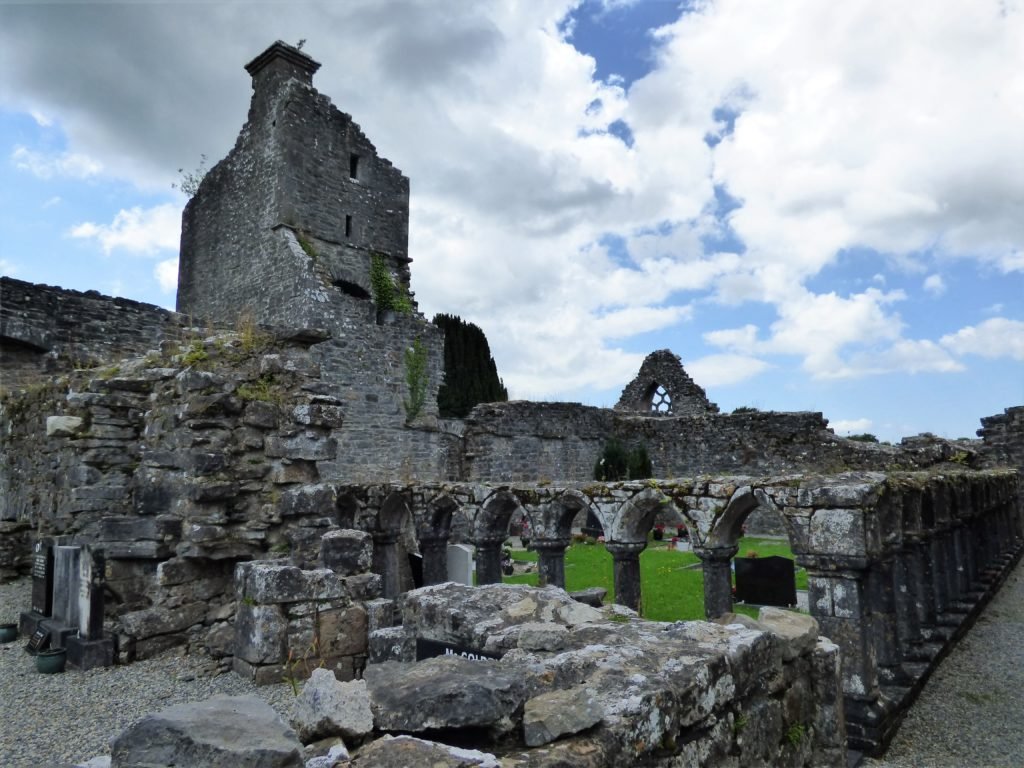
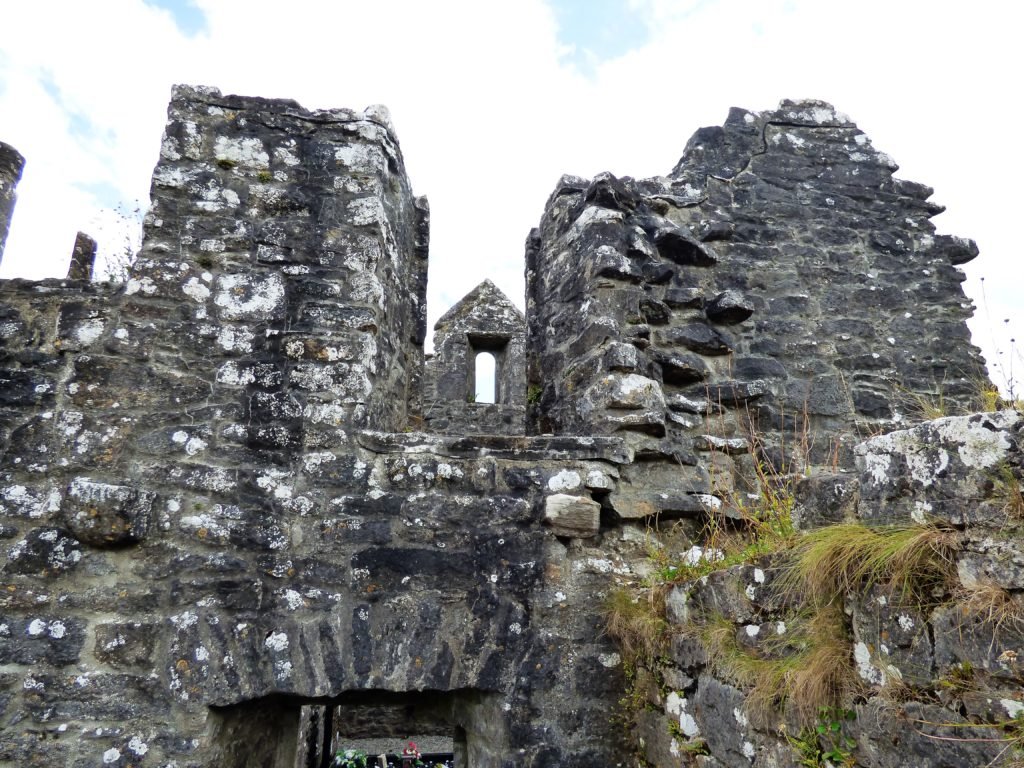
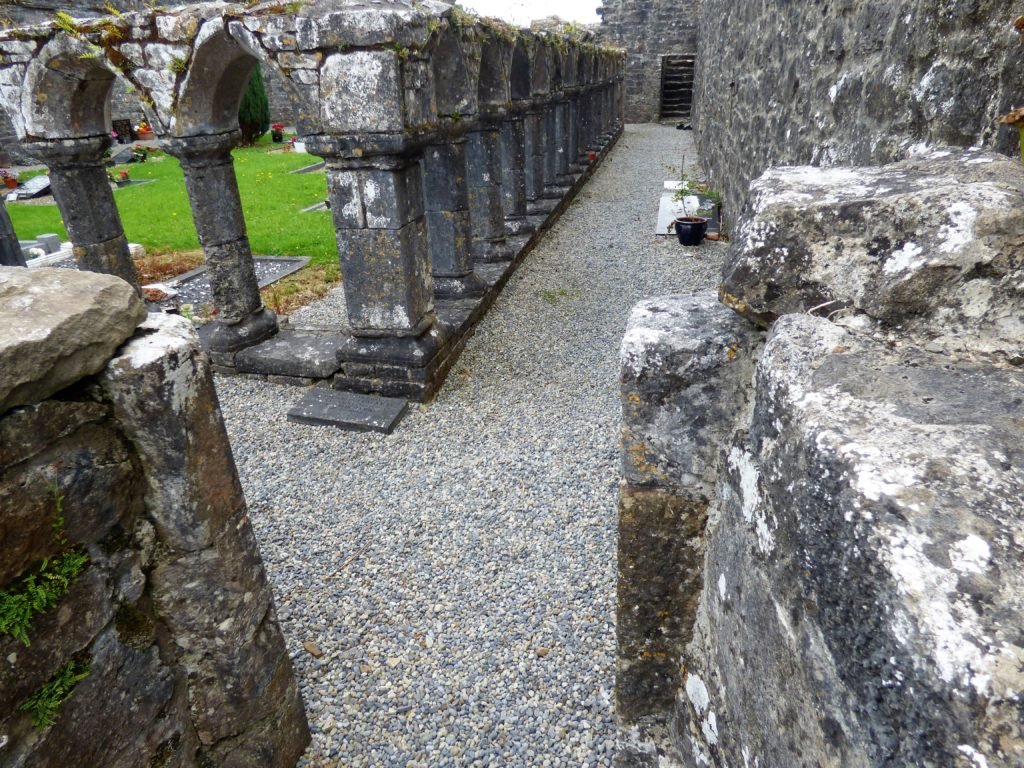

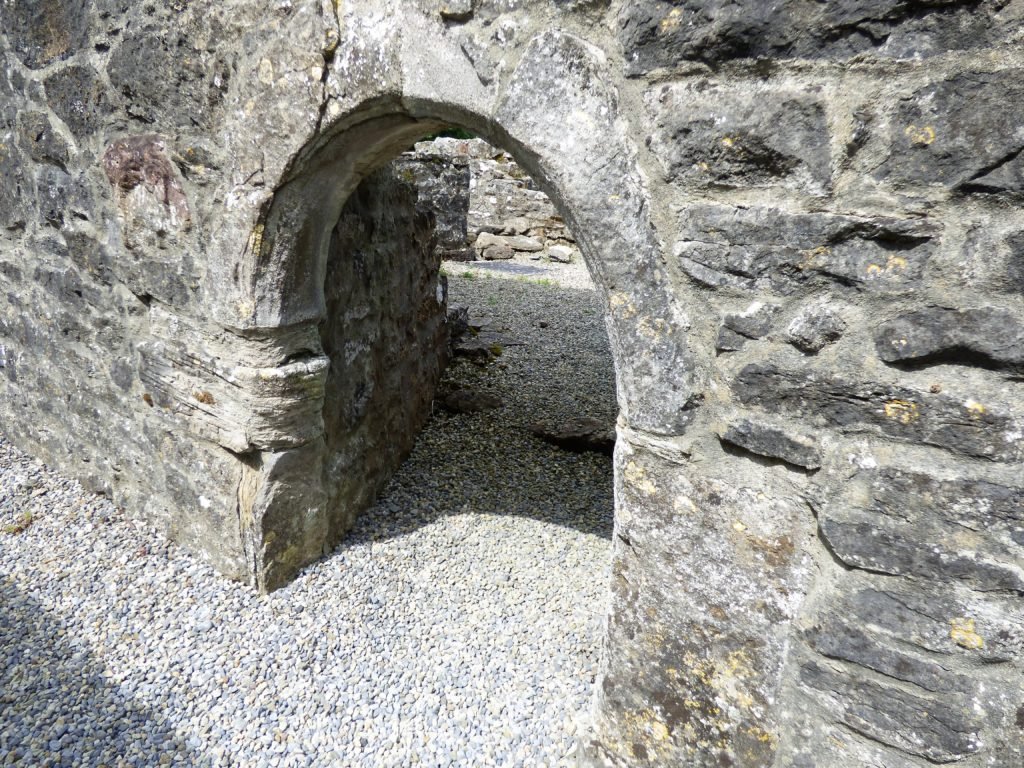
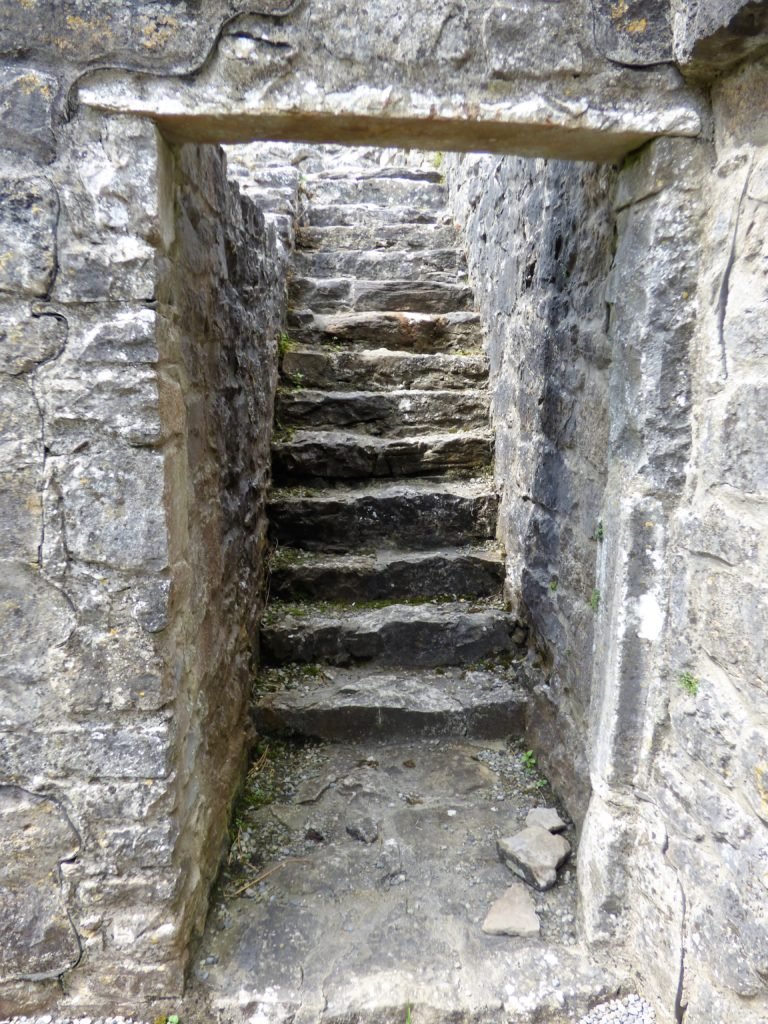
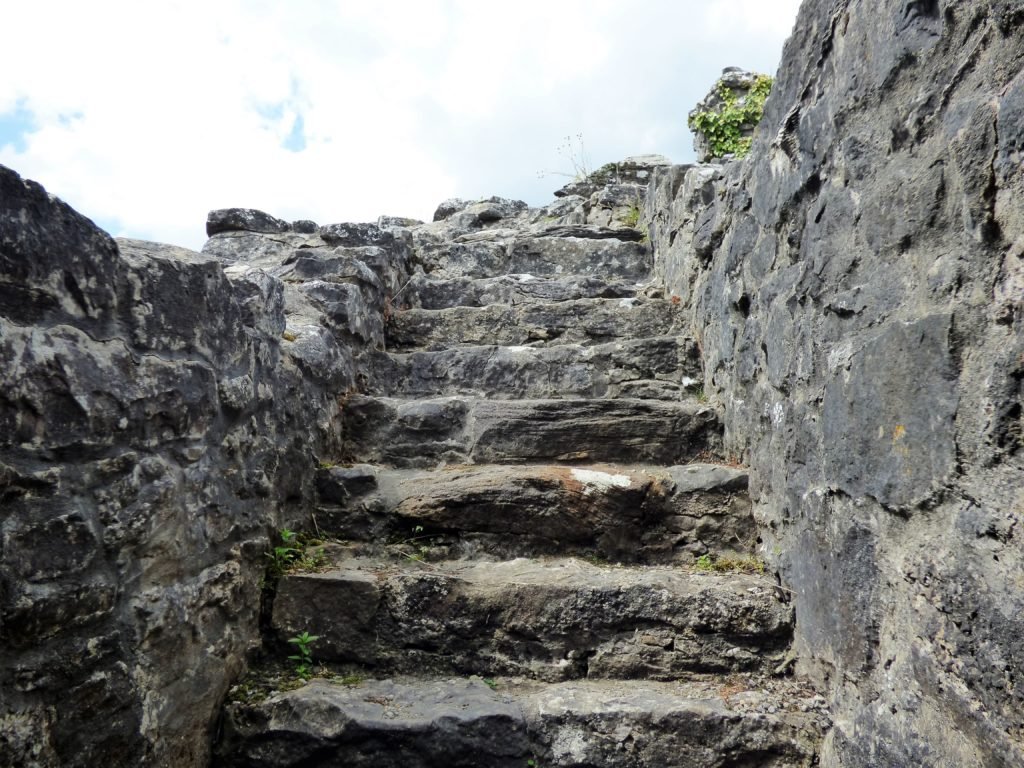
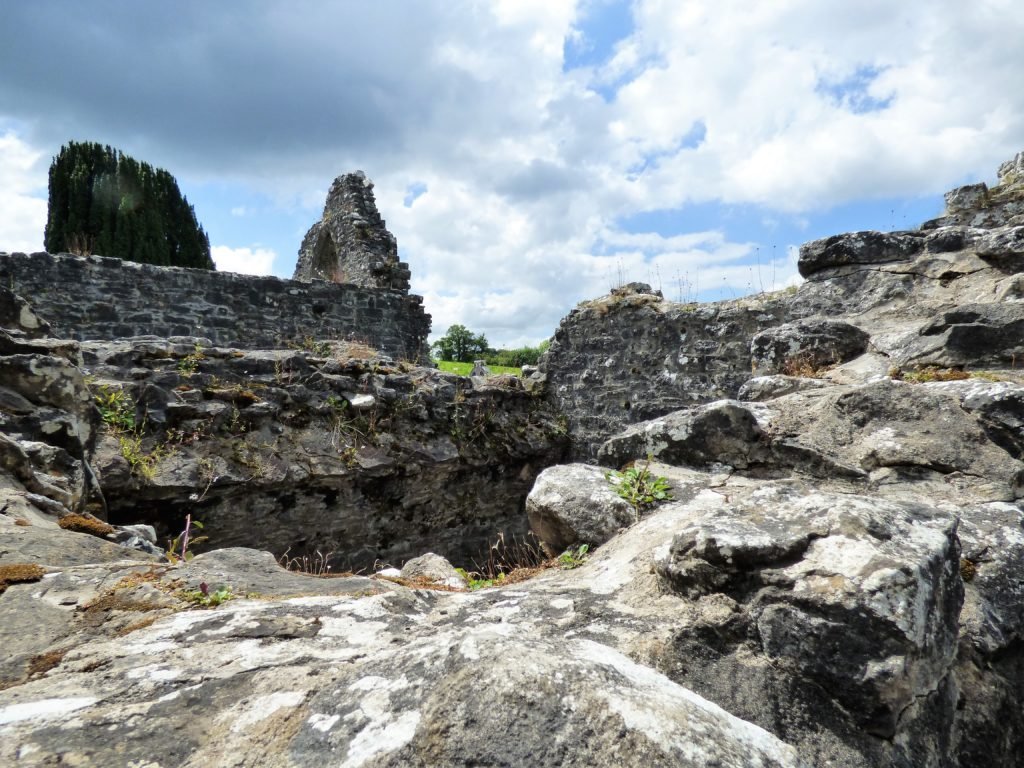
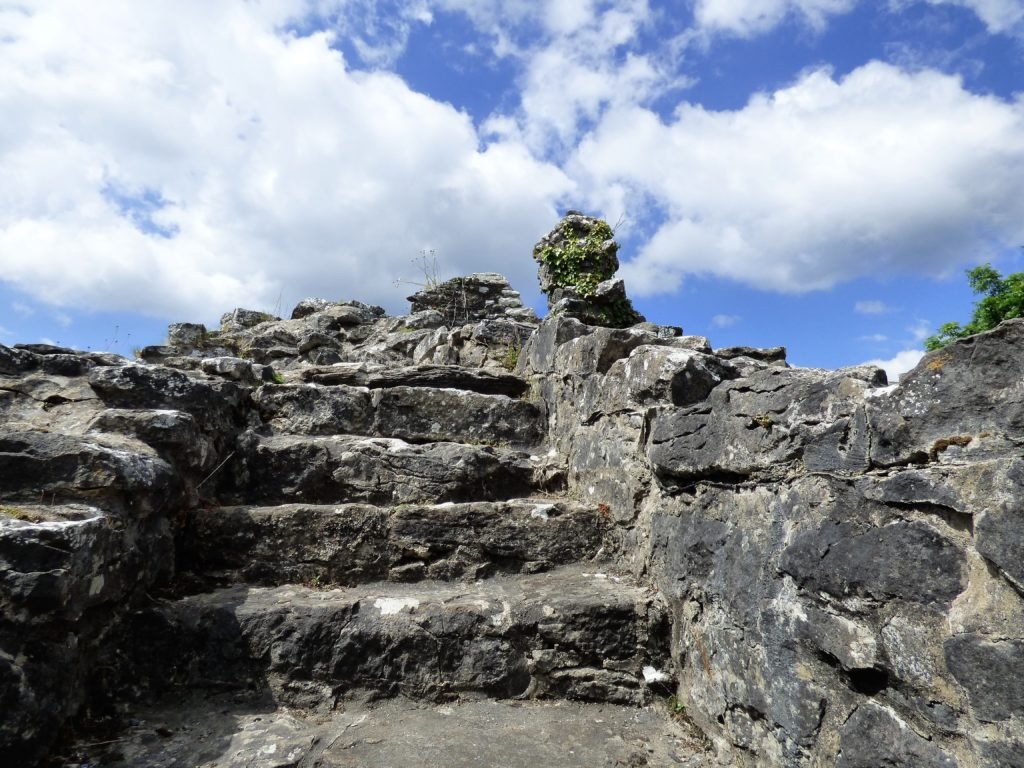
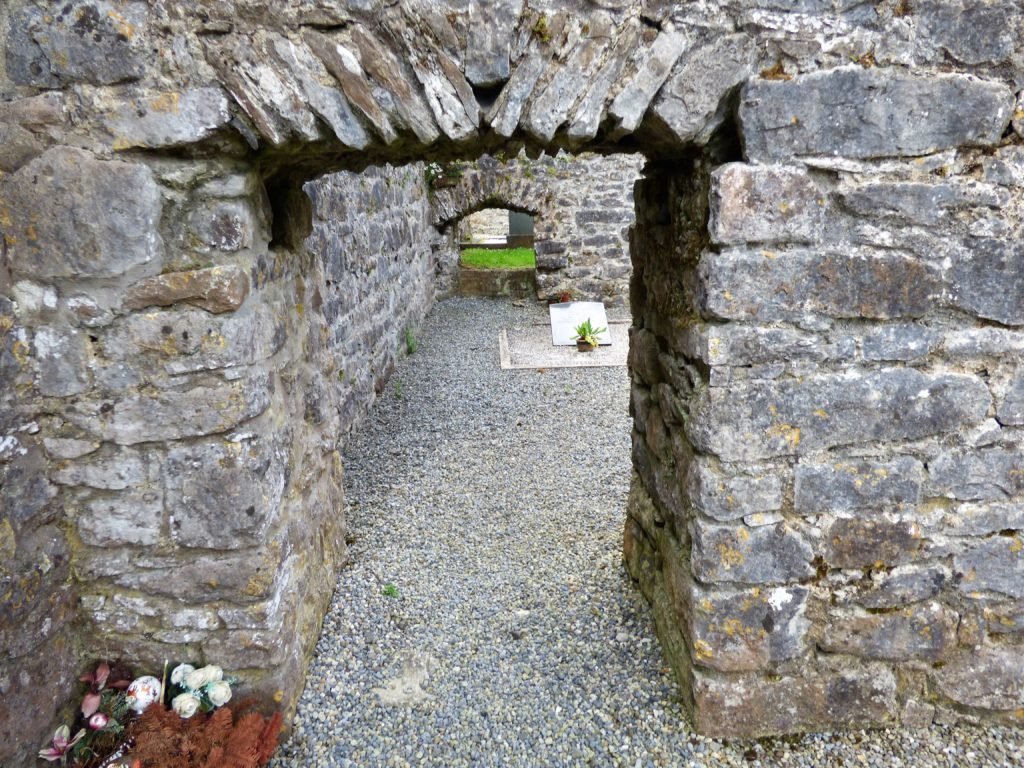
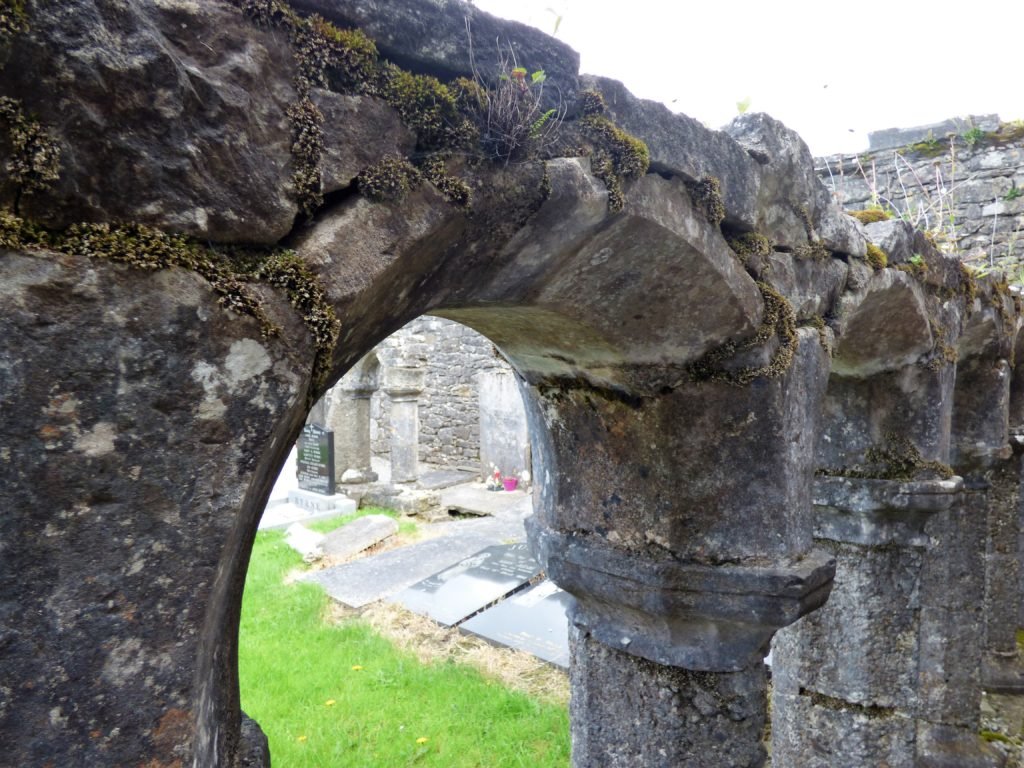

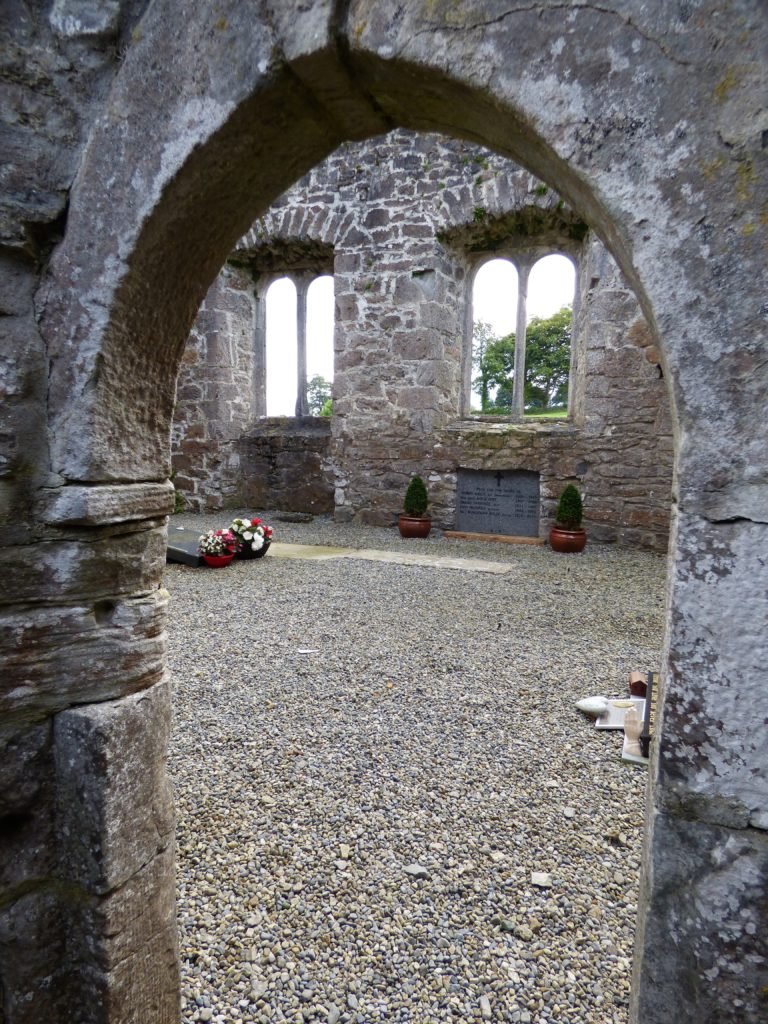
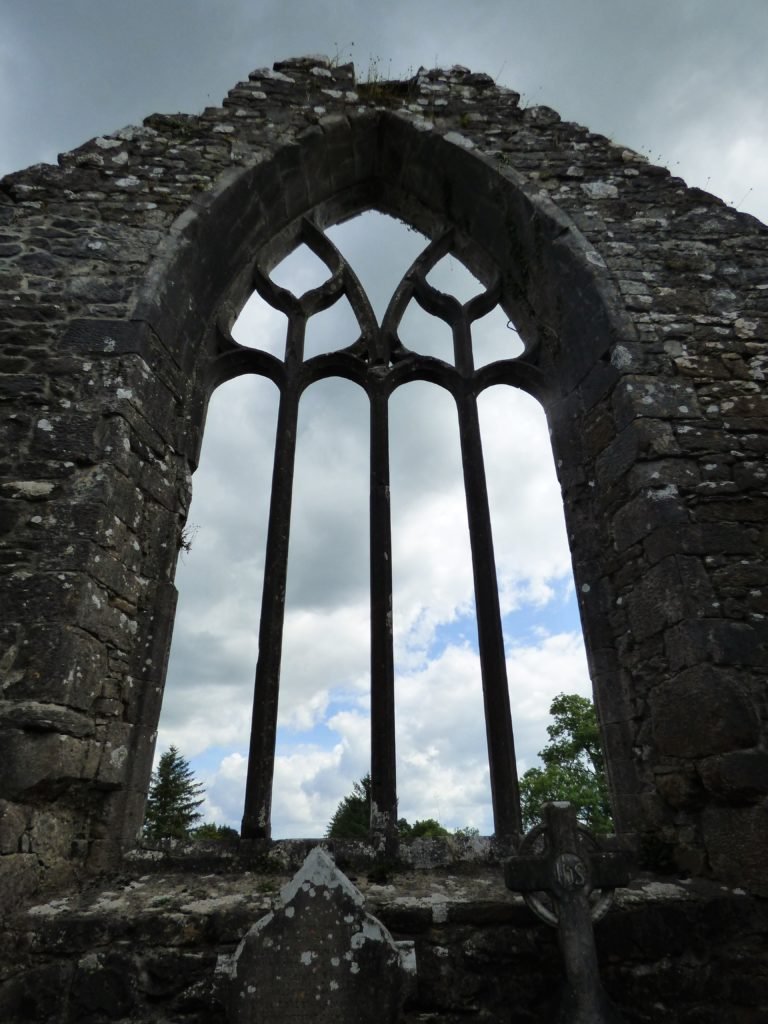
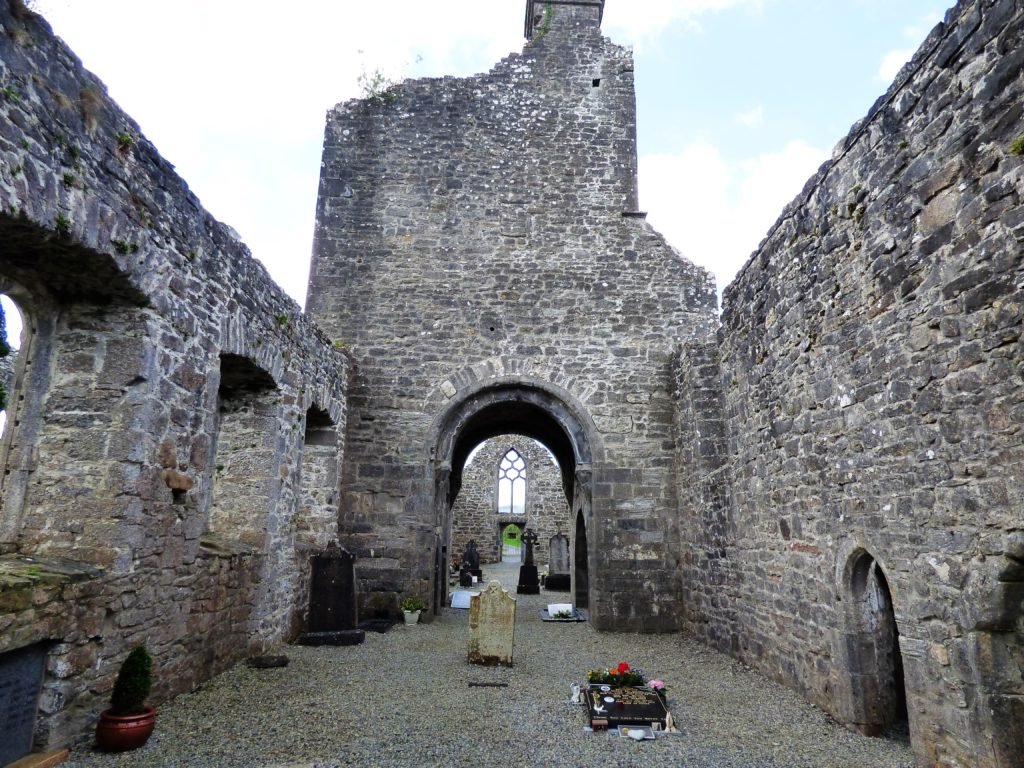

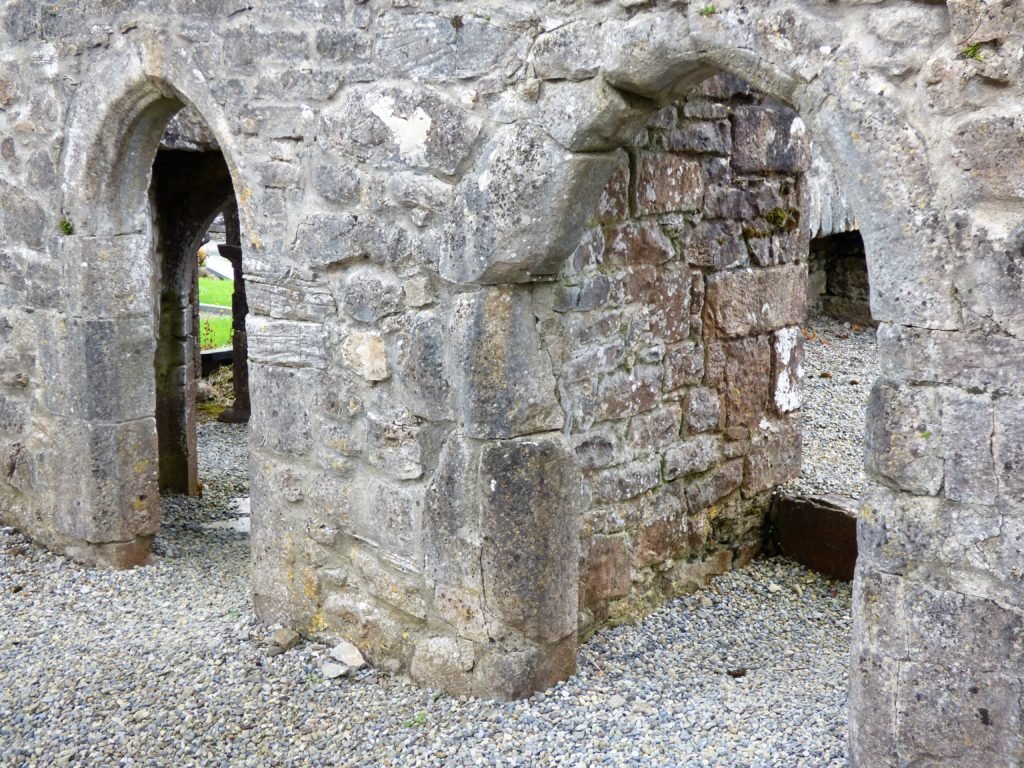

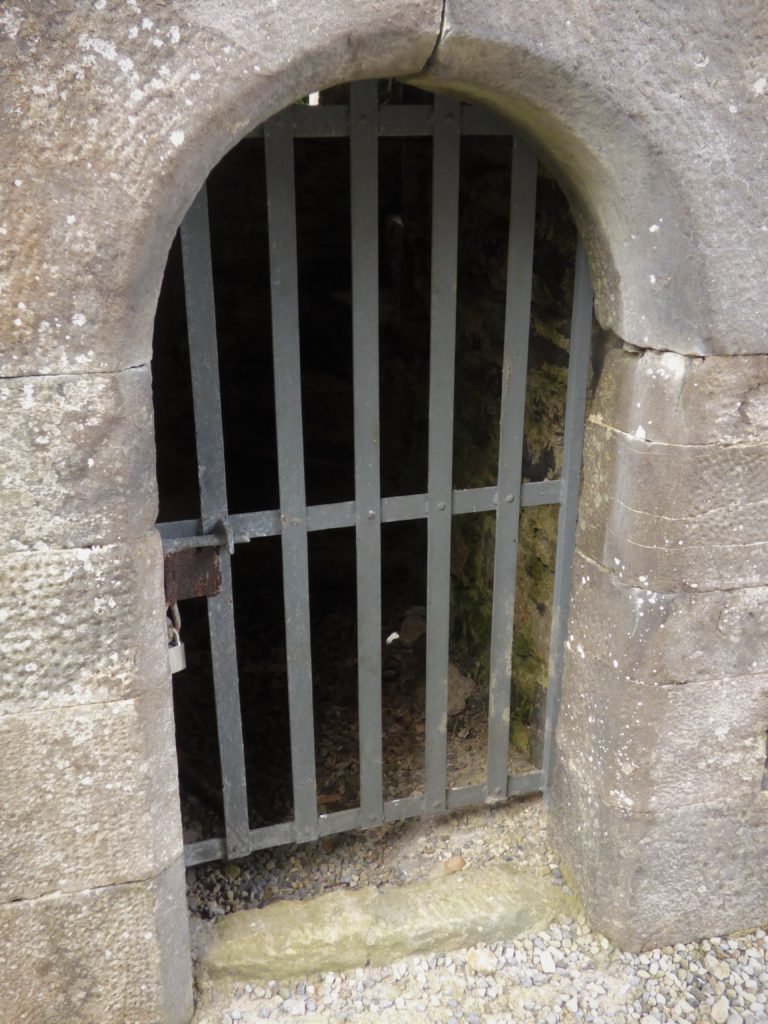
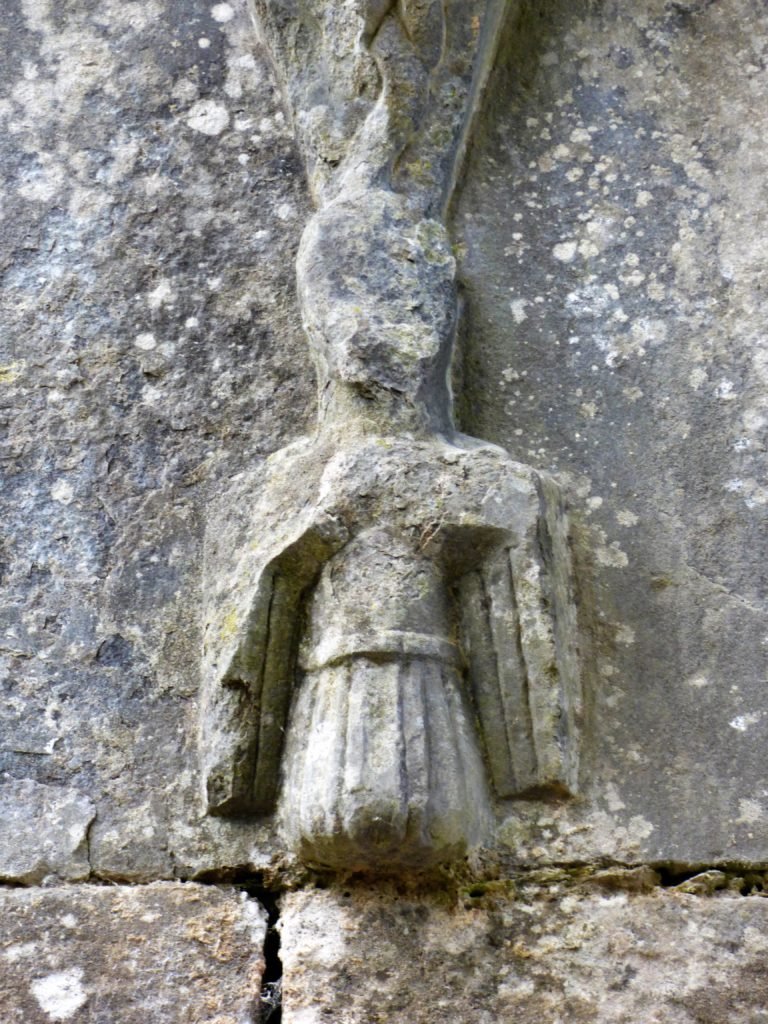
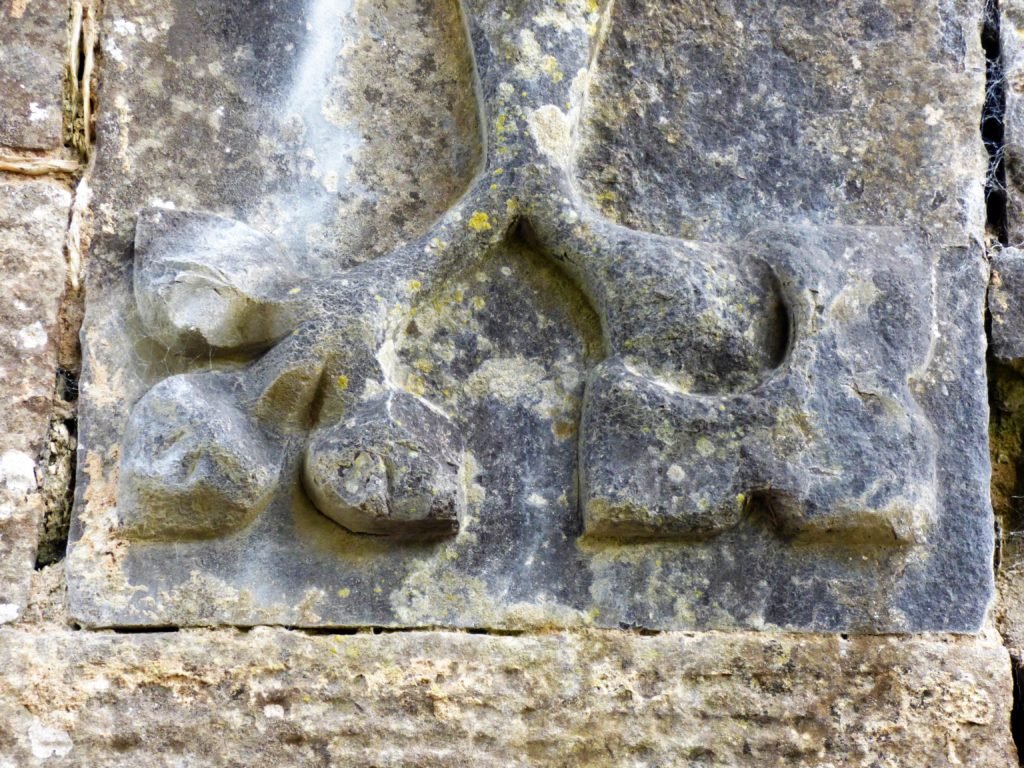
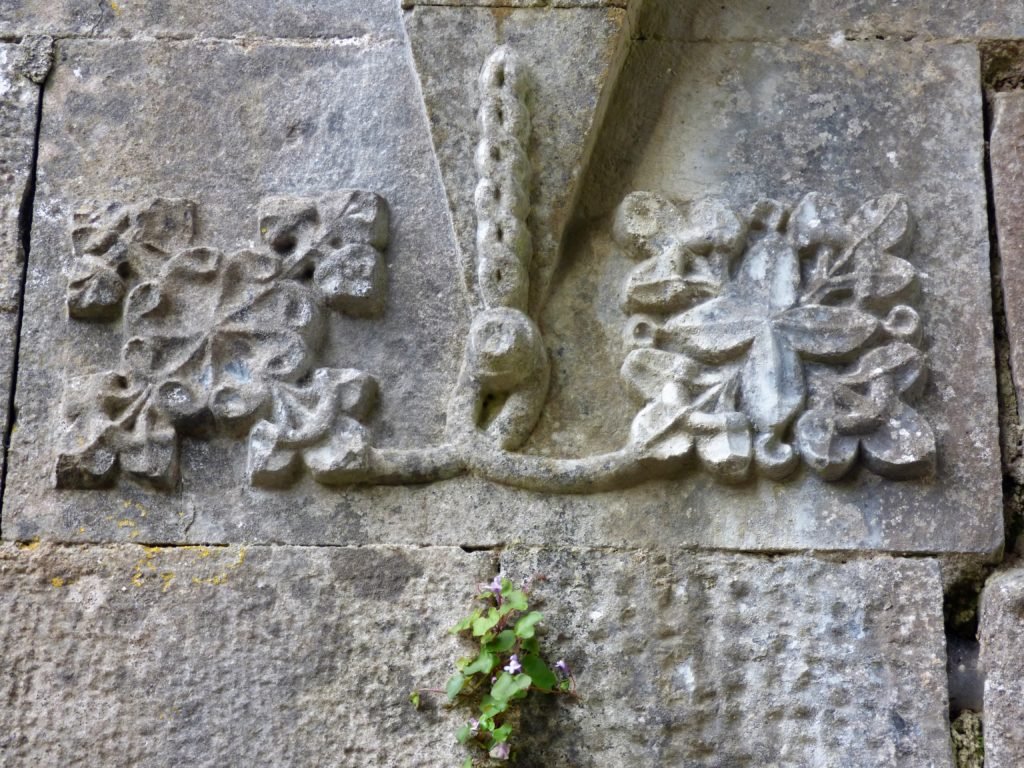
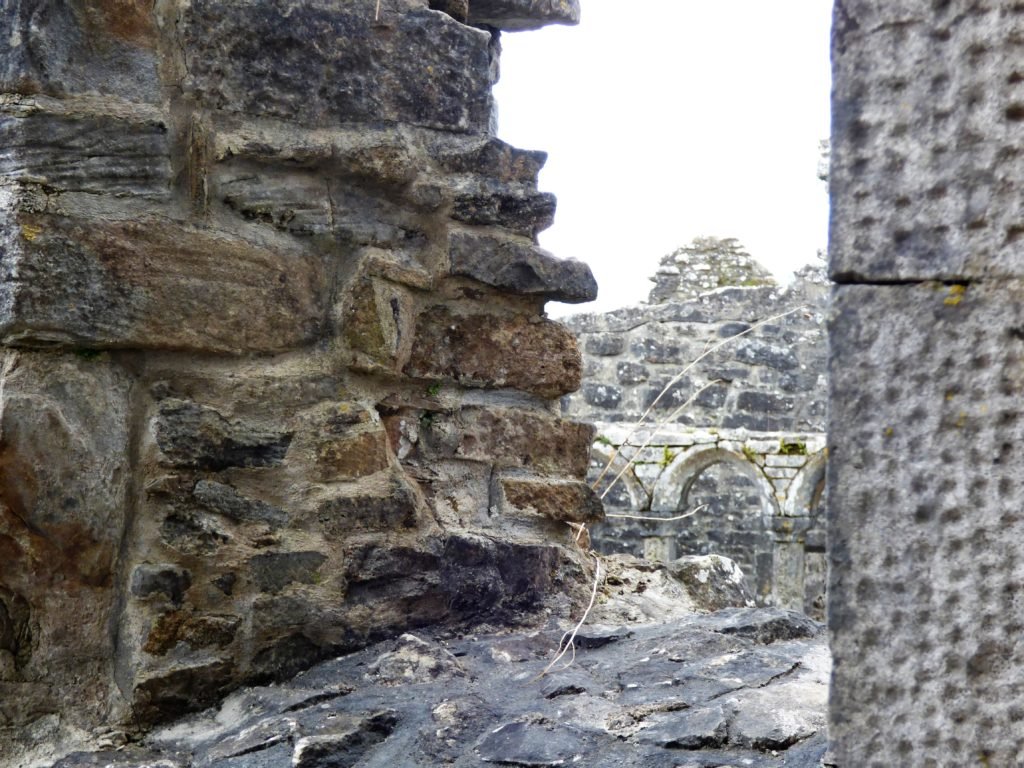
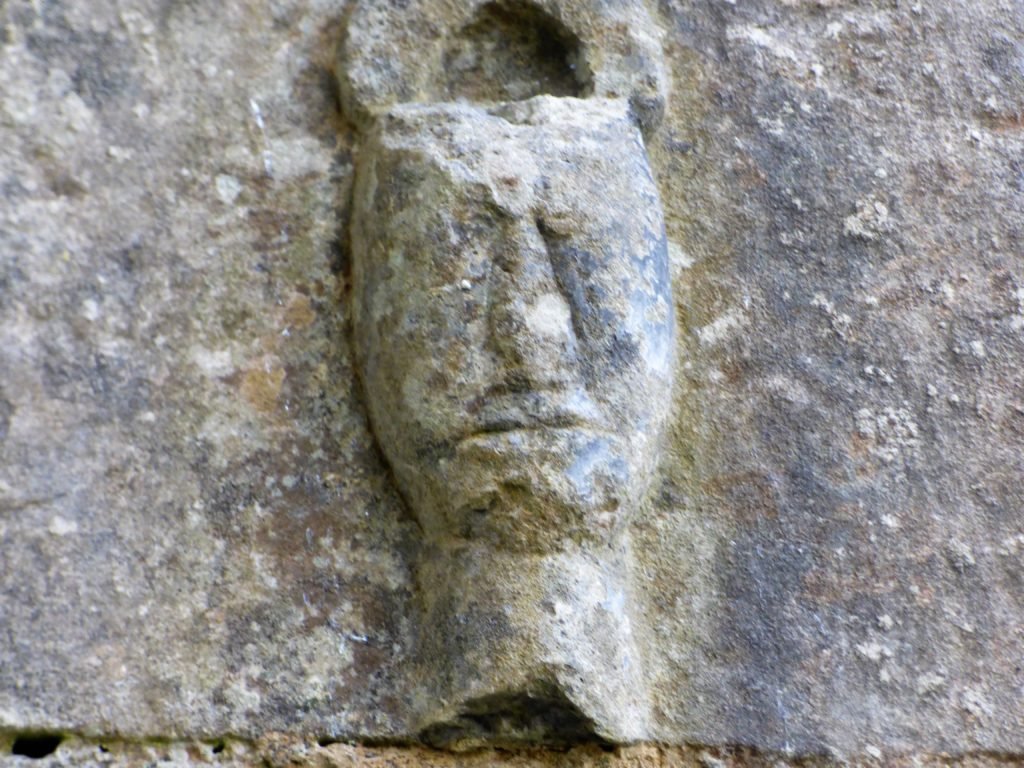
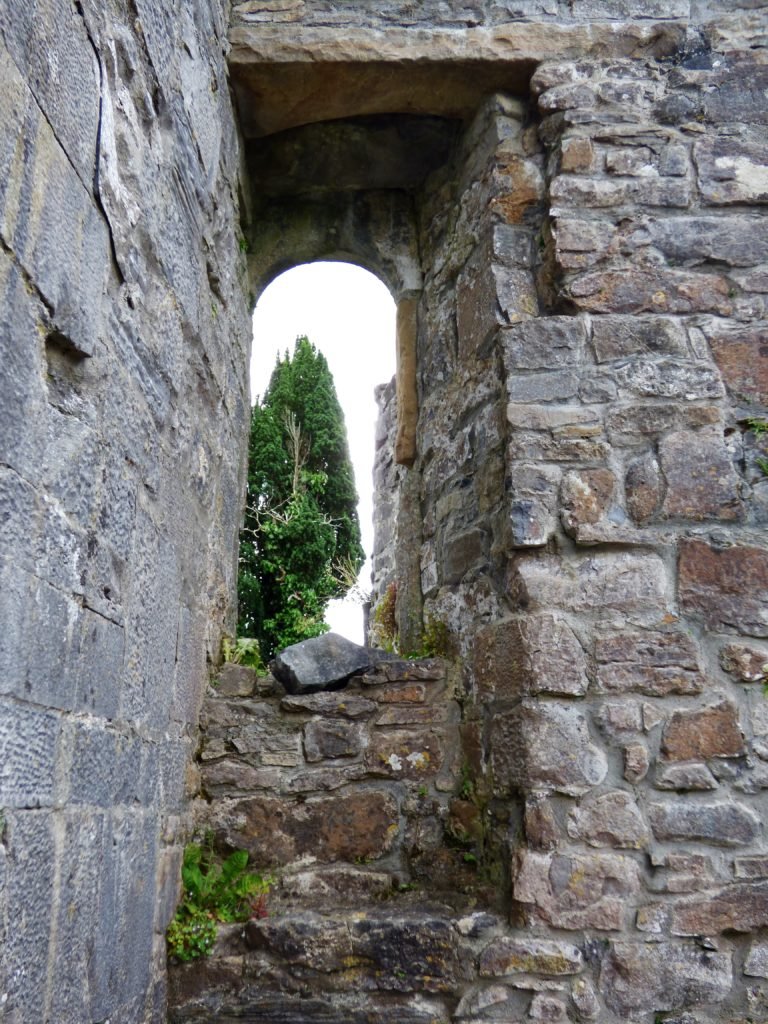
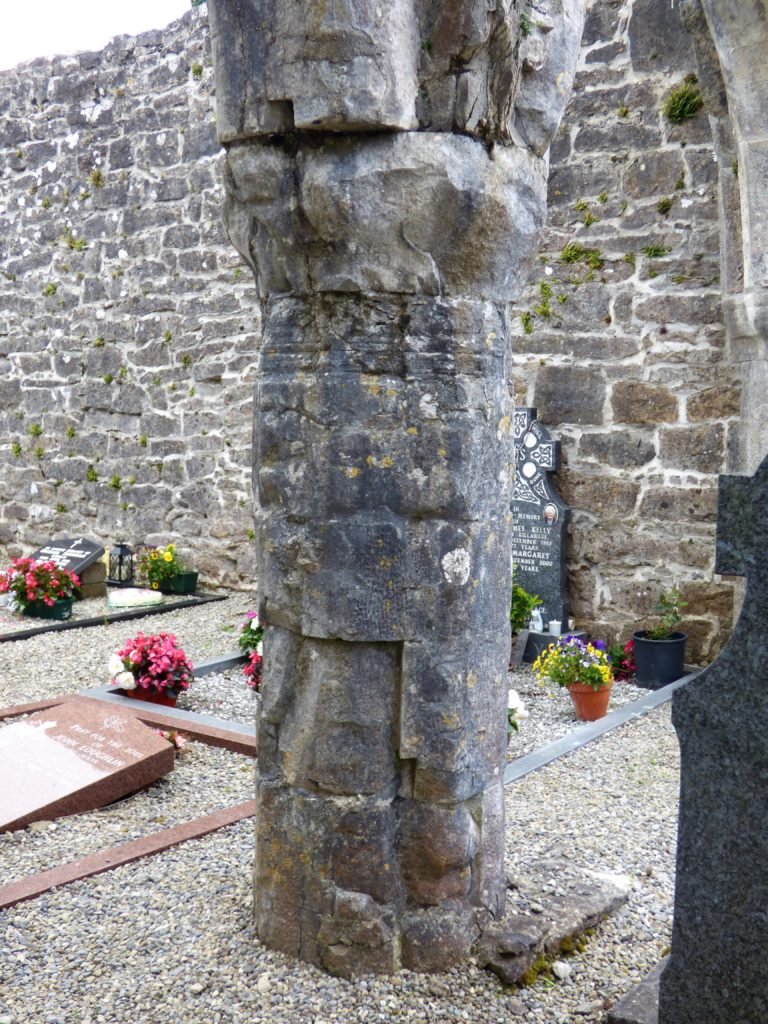
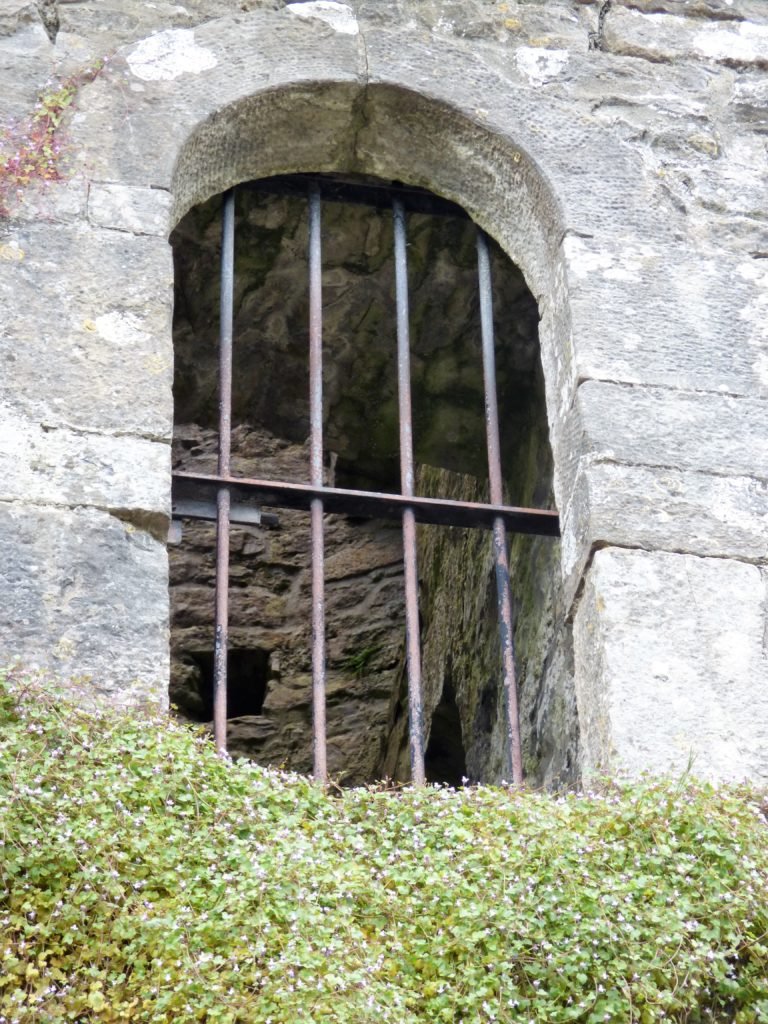
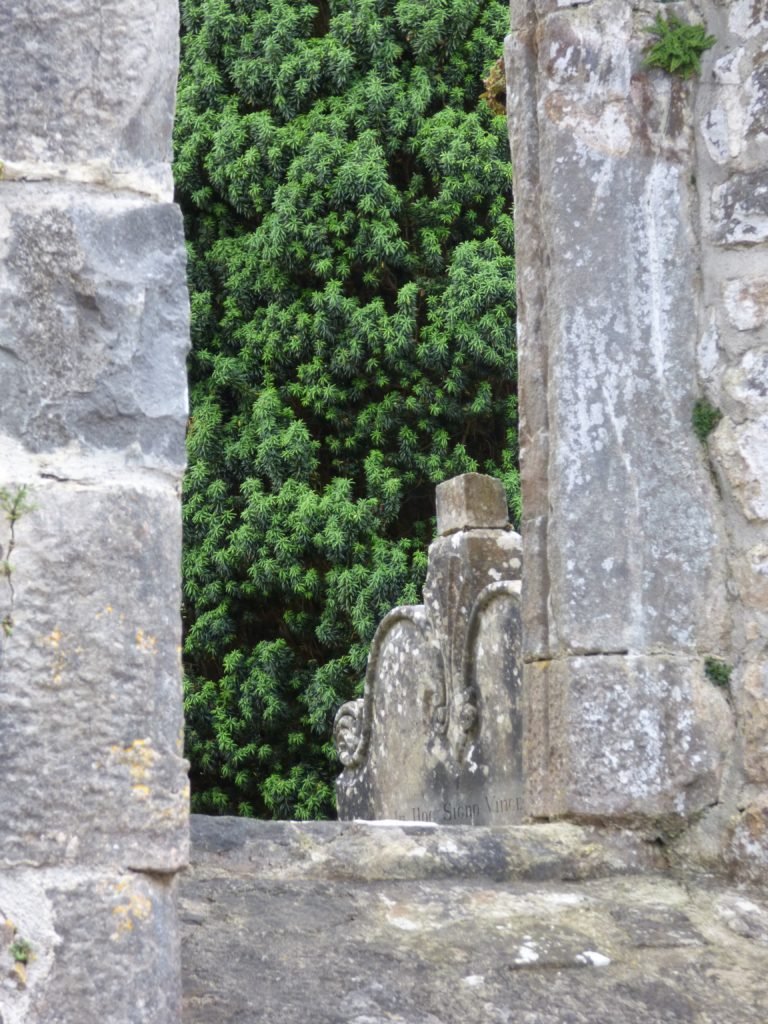
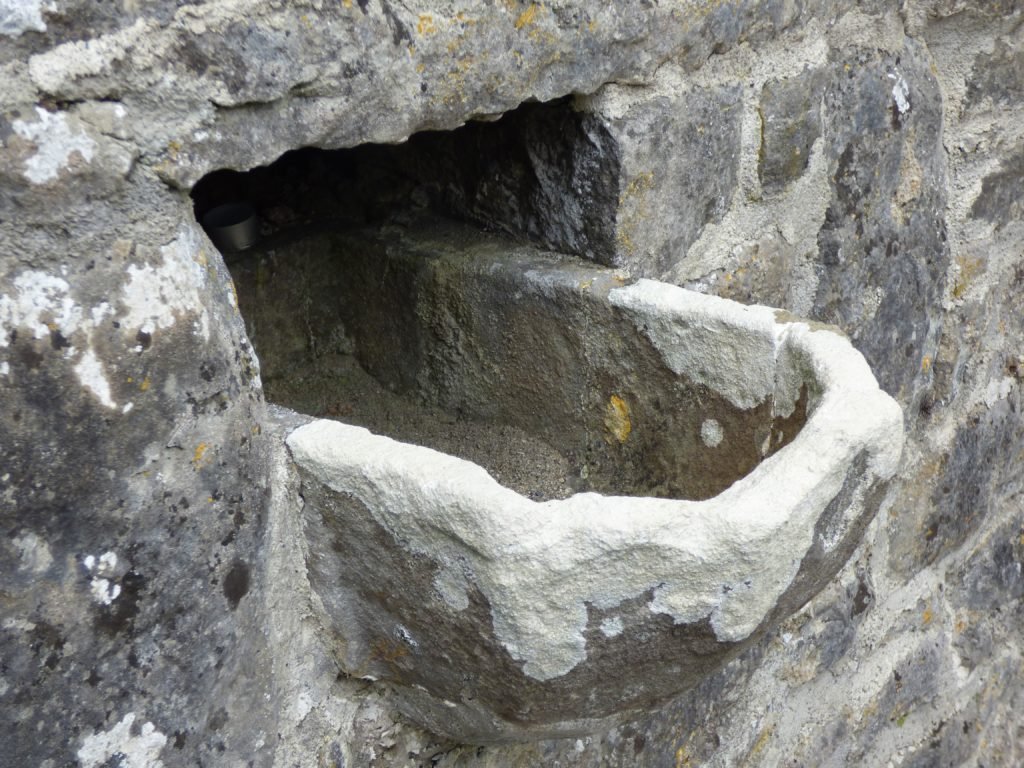

…and finally we head home…
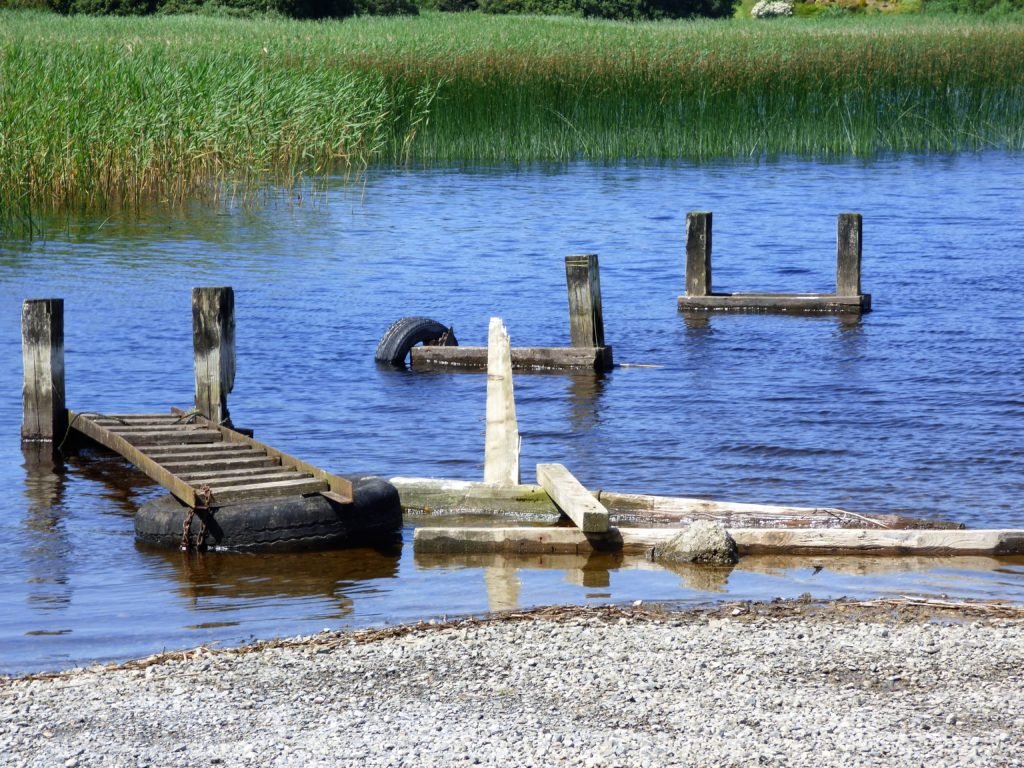
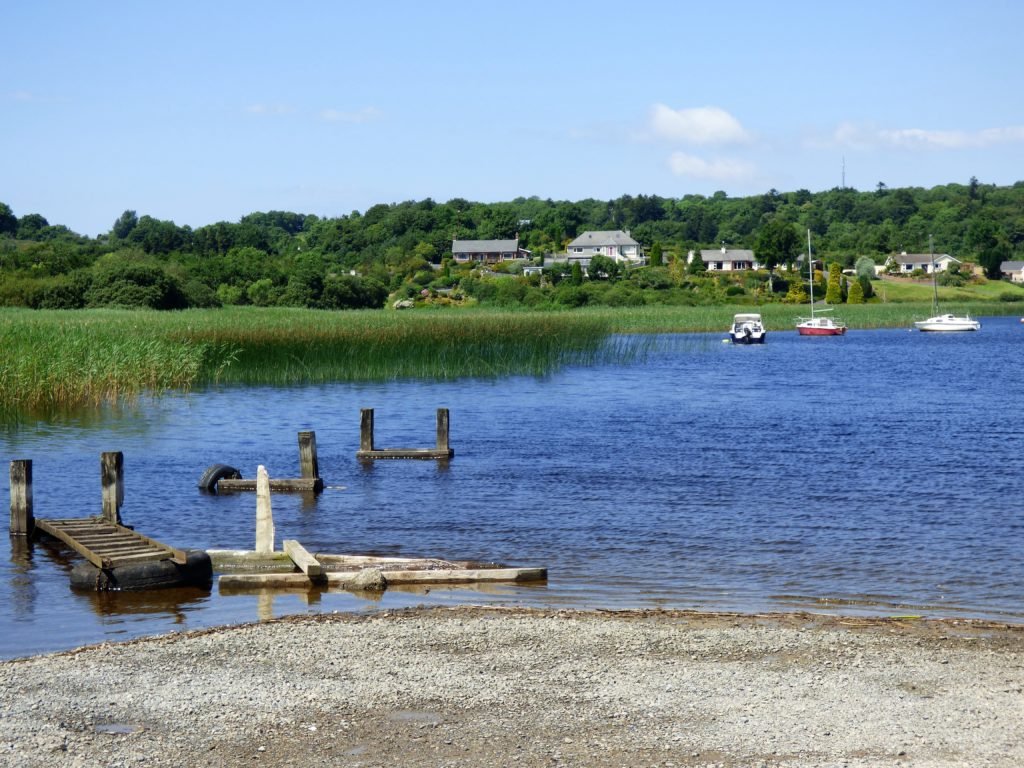

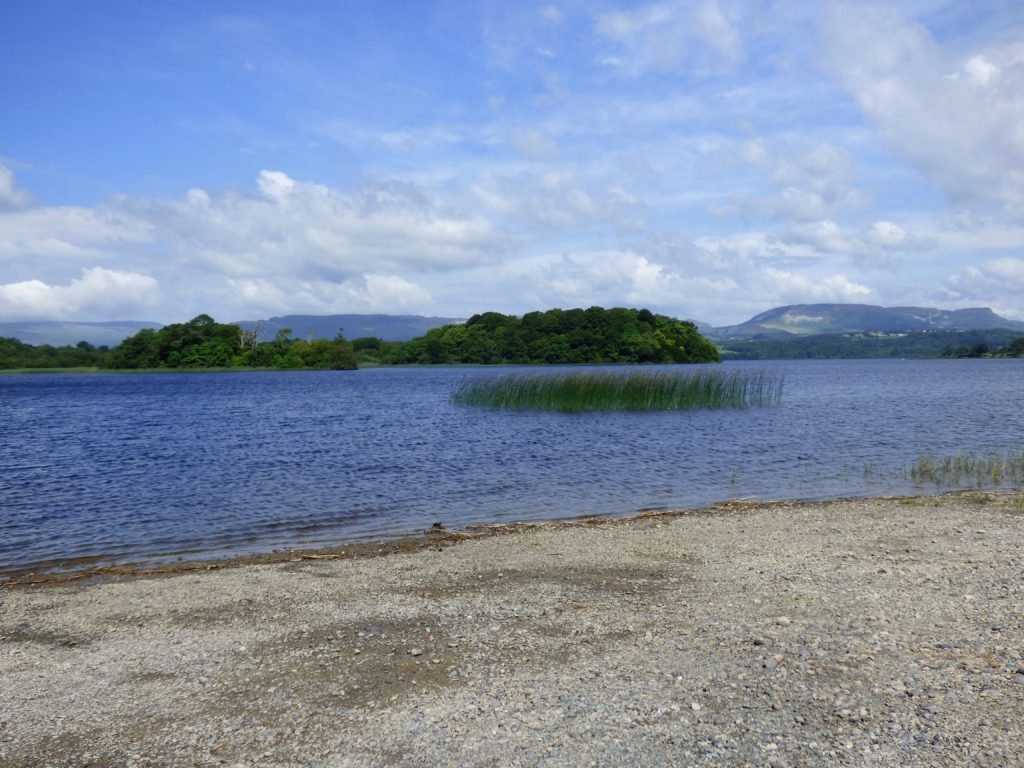
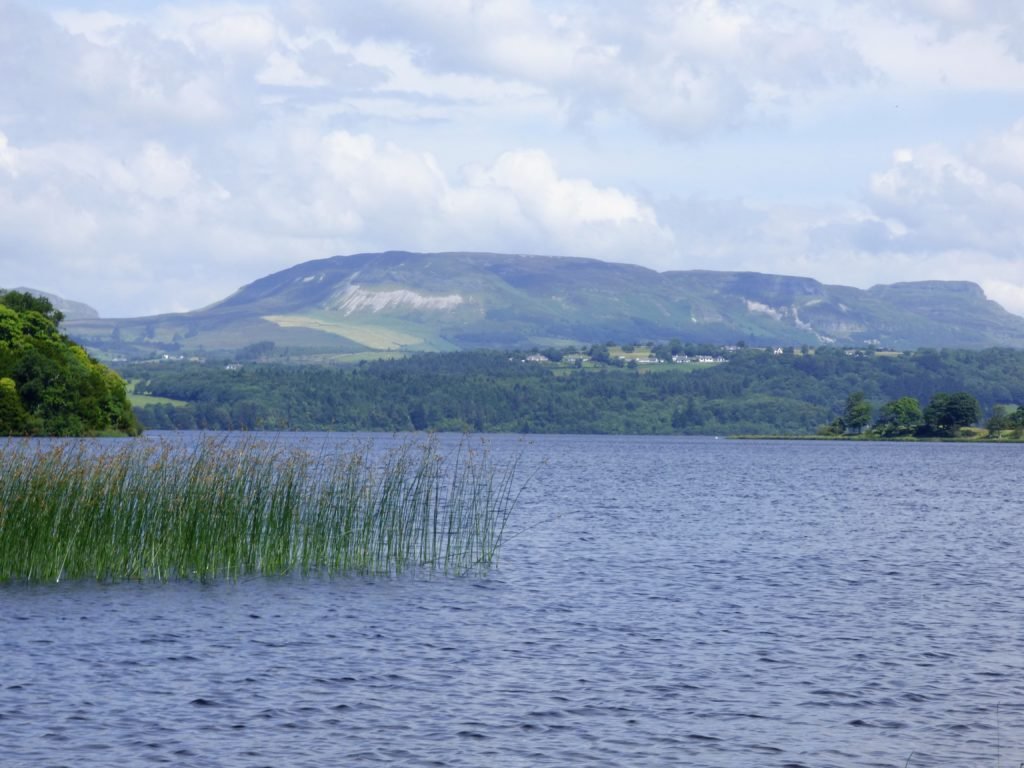
Wishing you a most glorious day, my dear Friends!
~ Bella




One comment